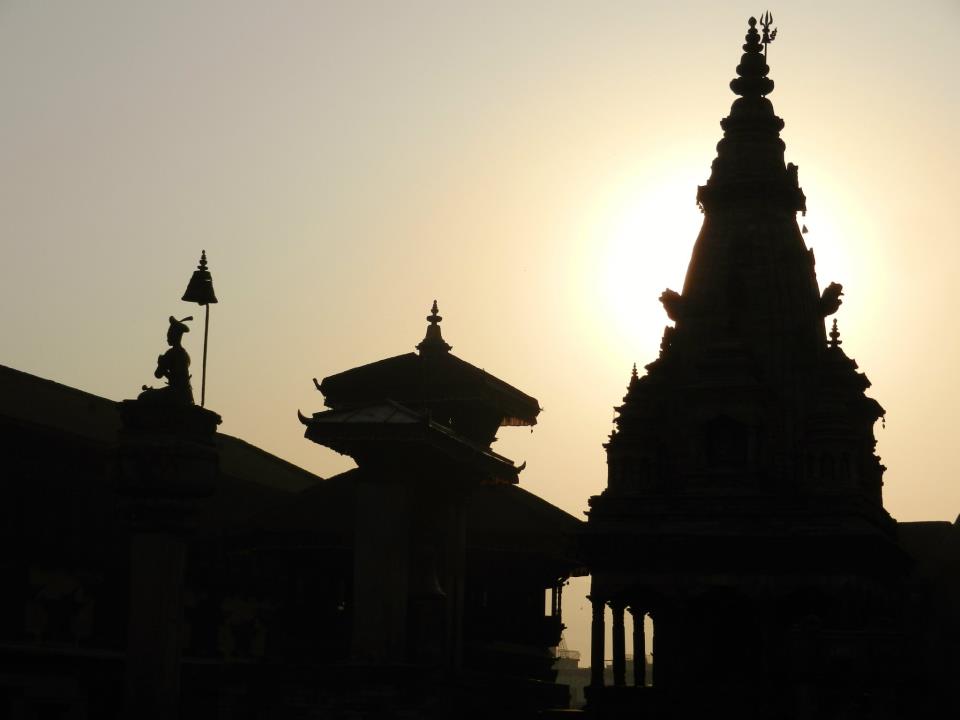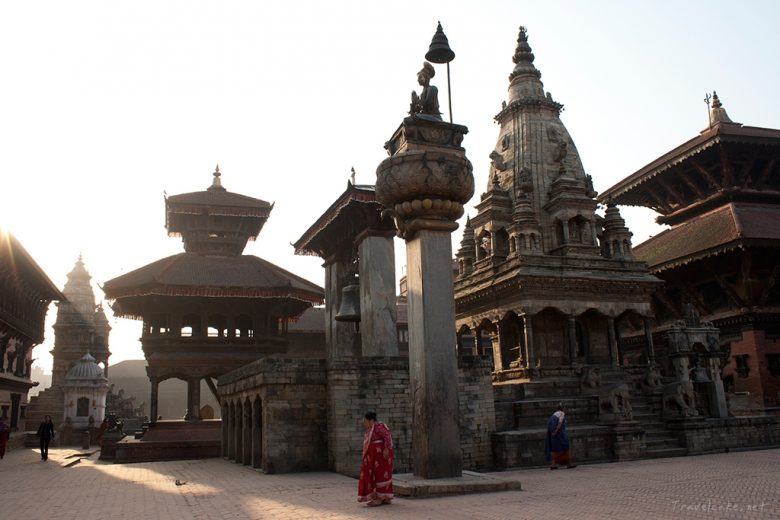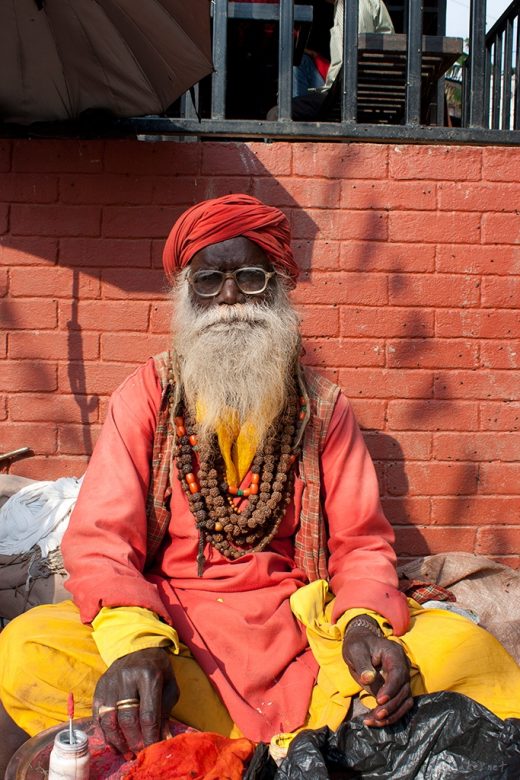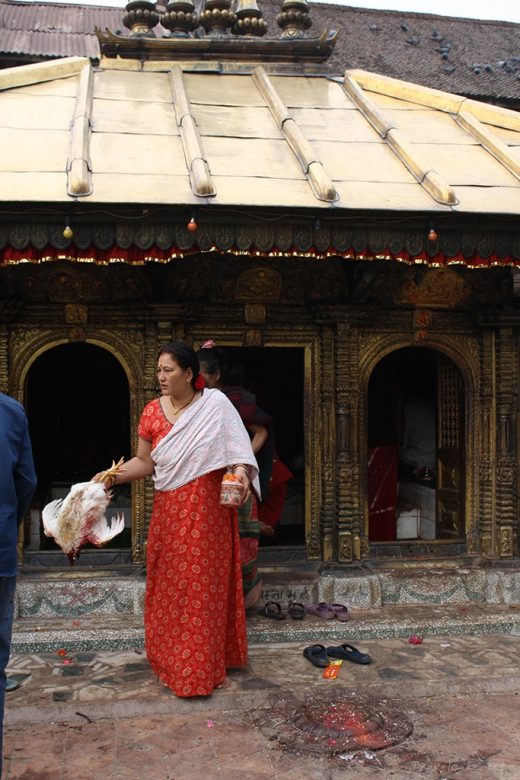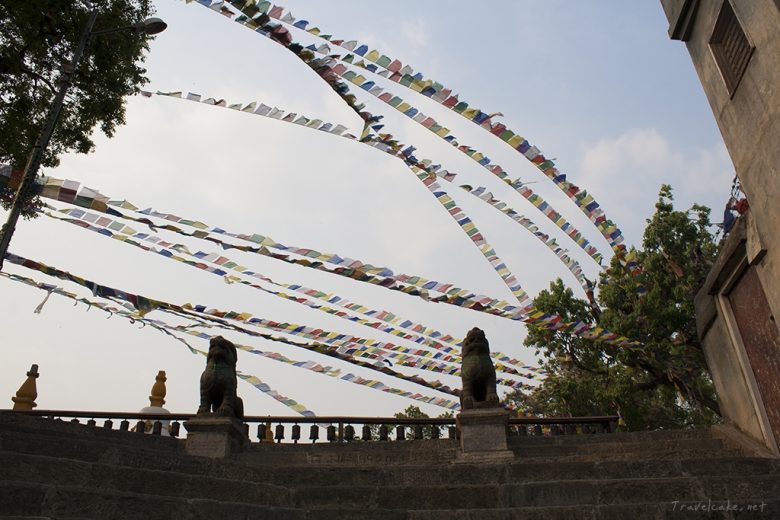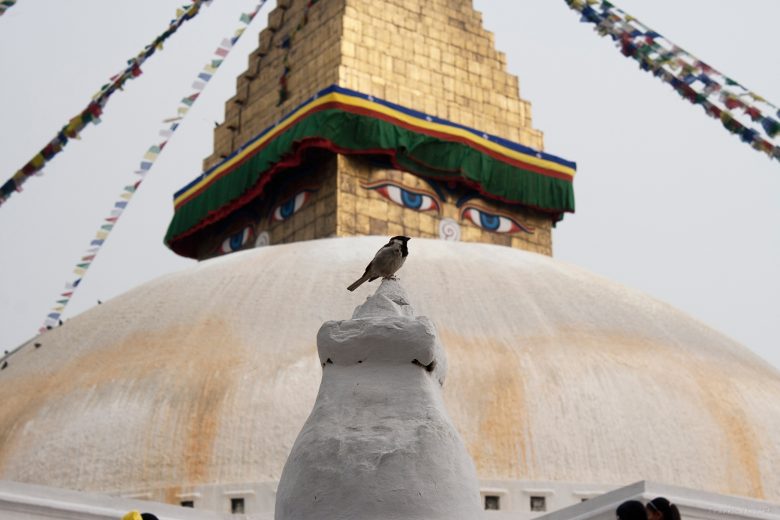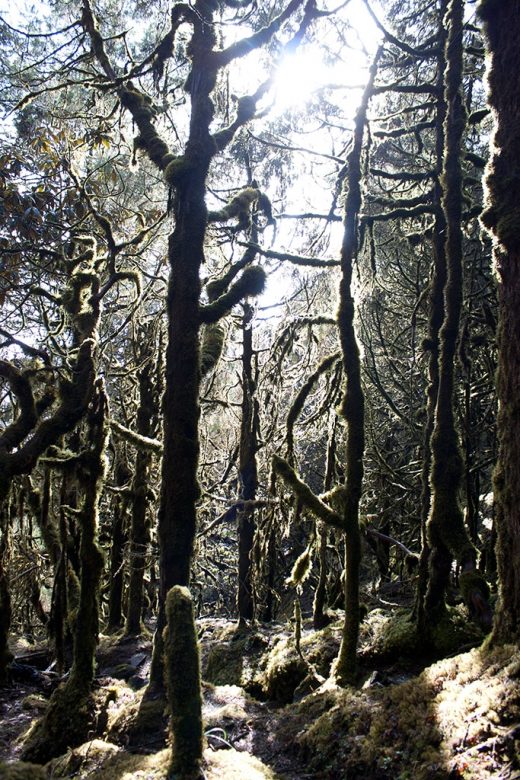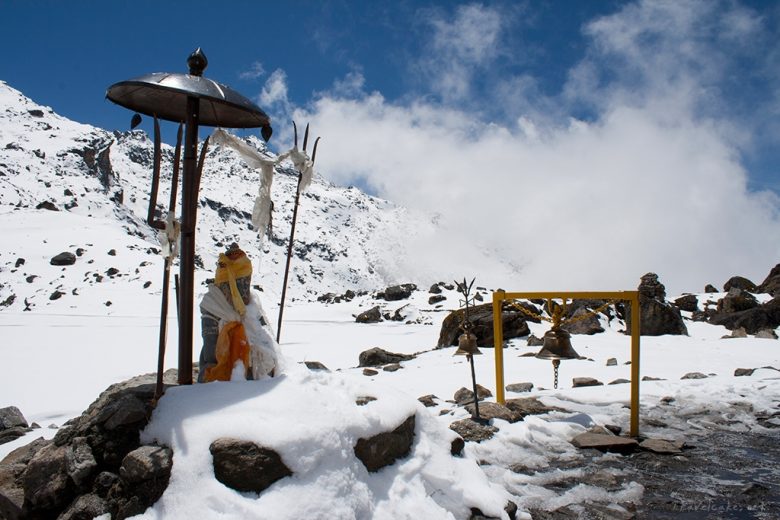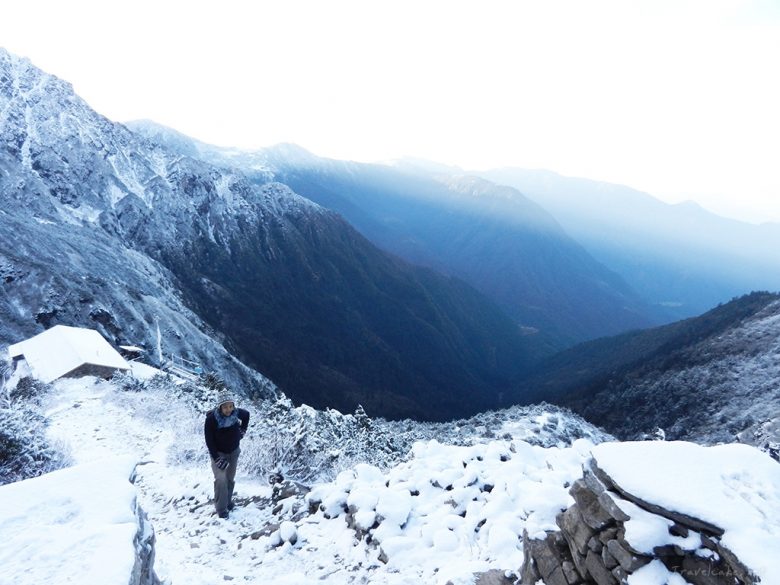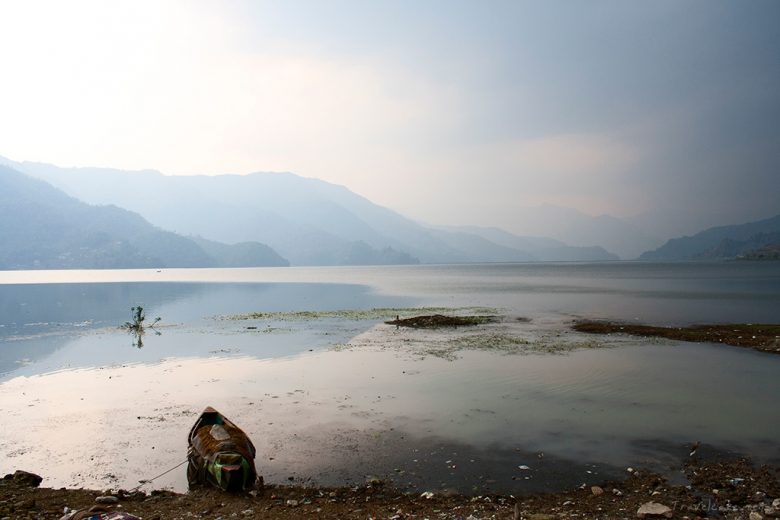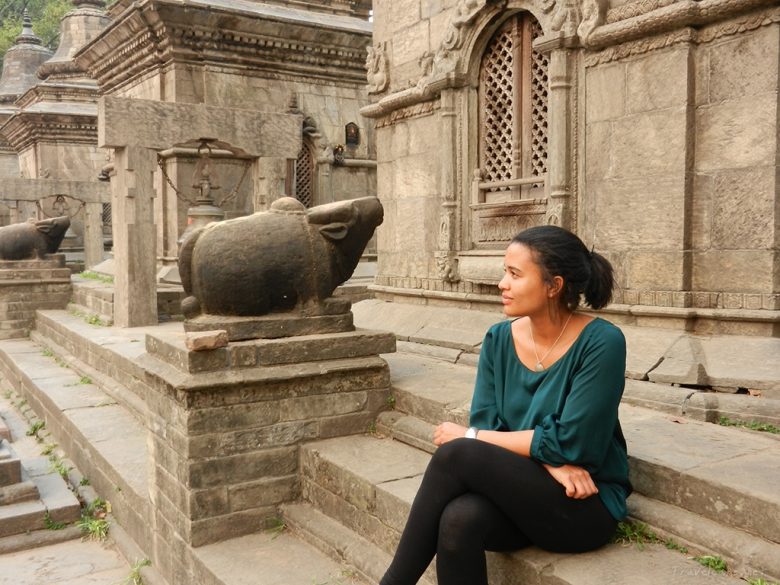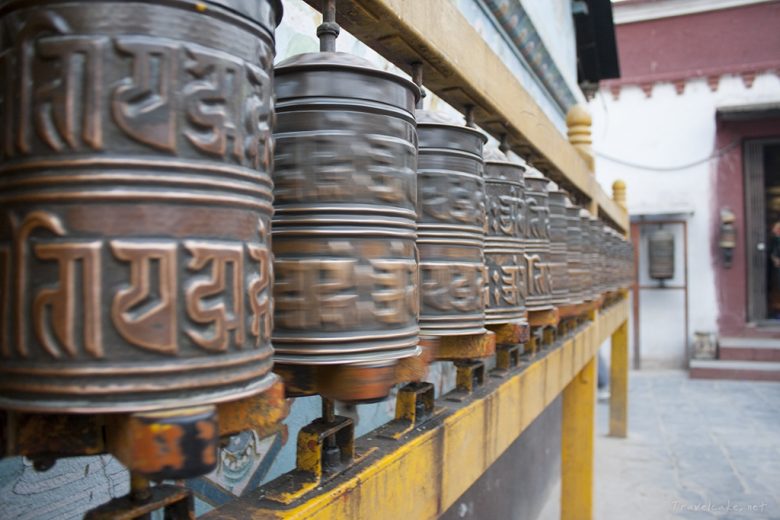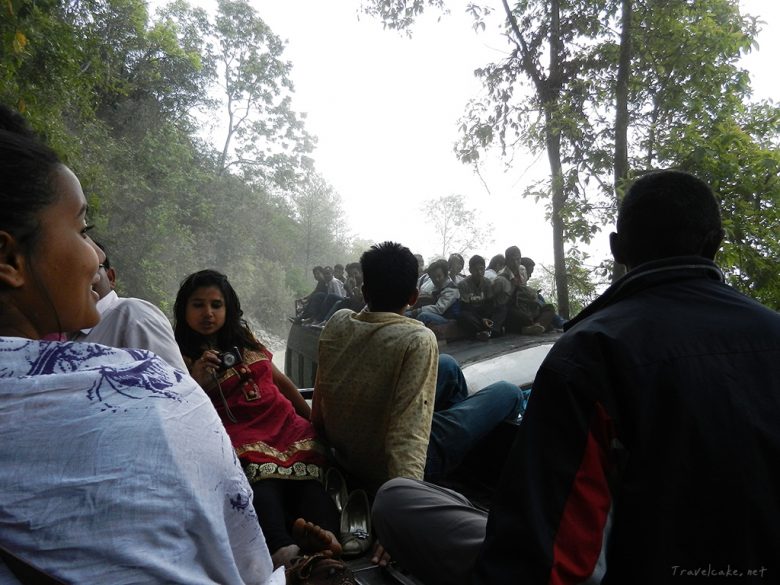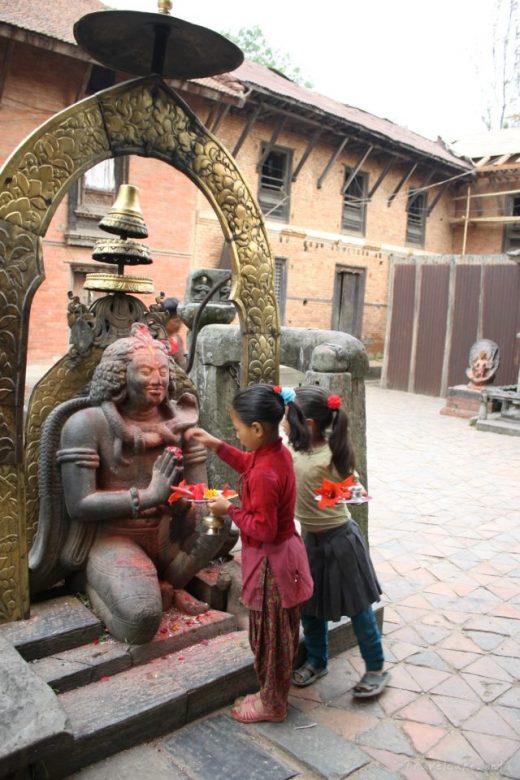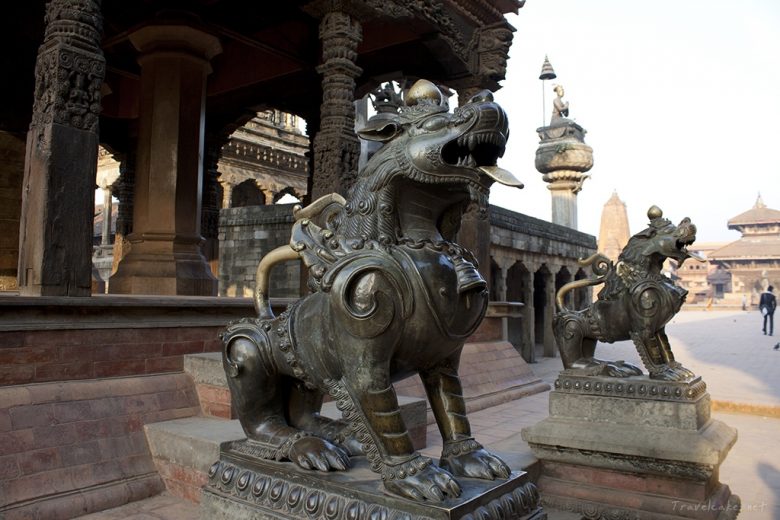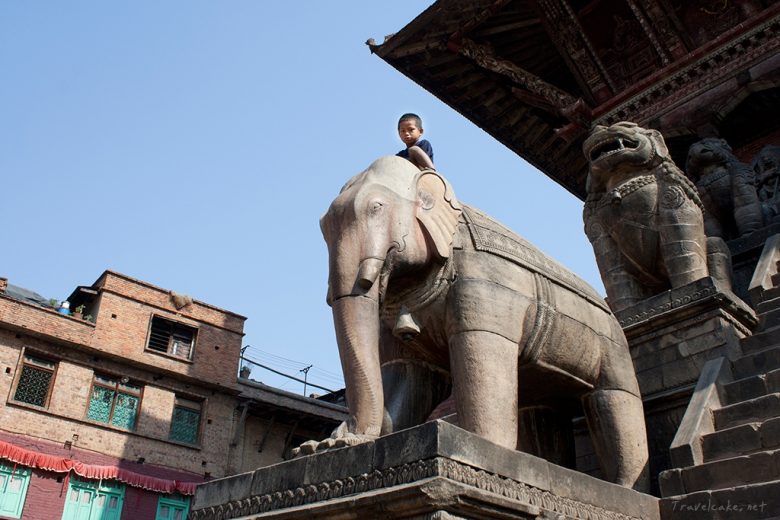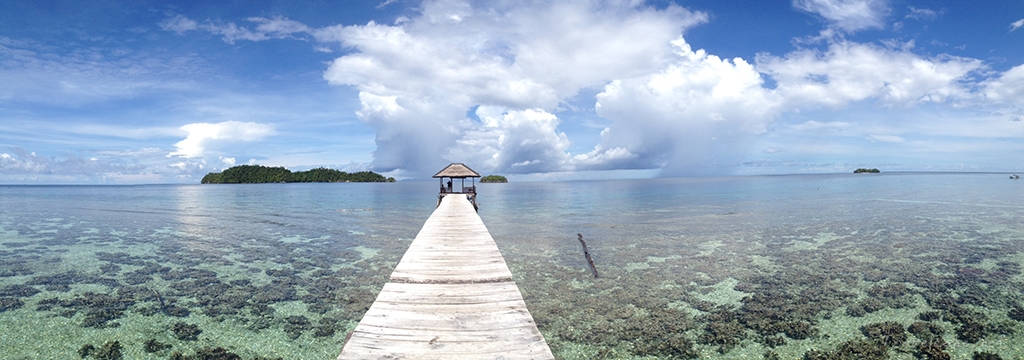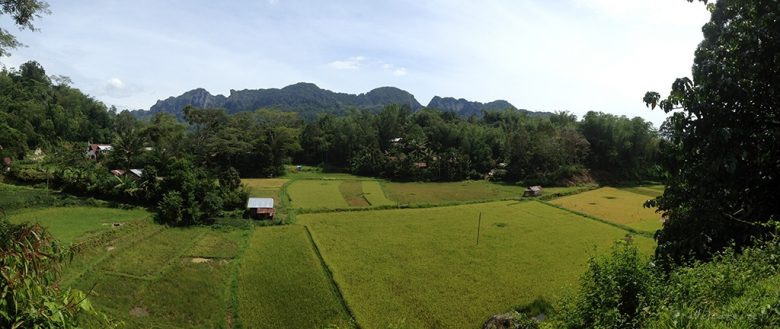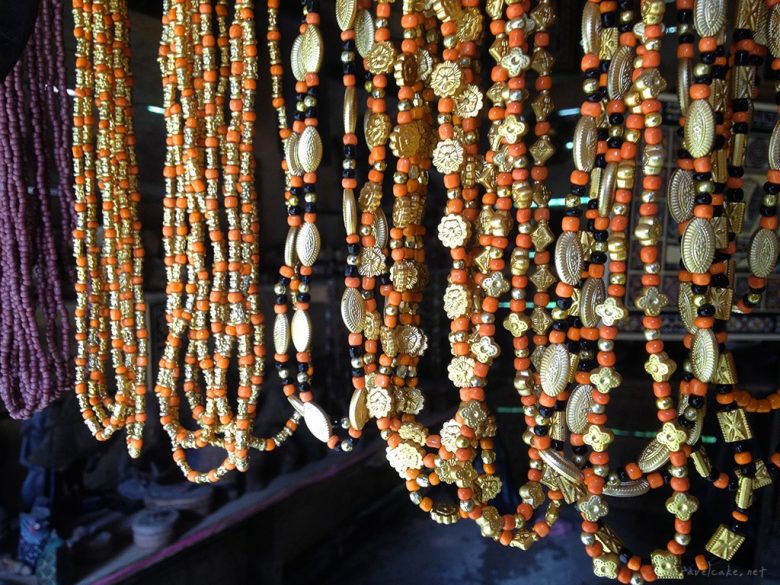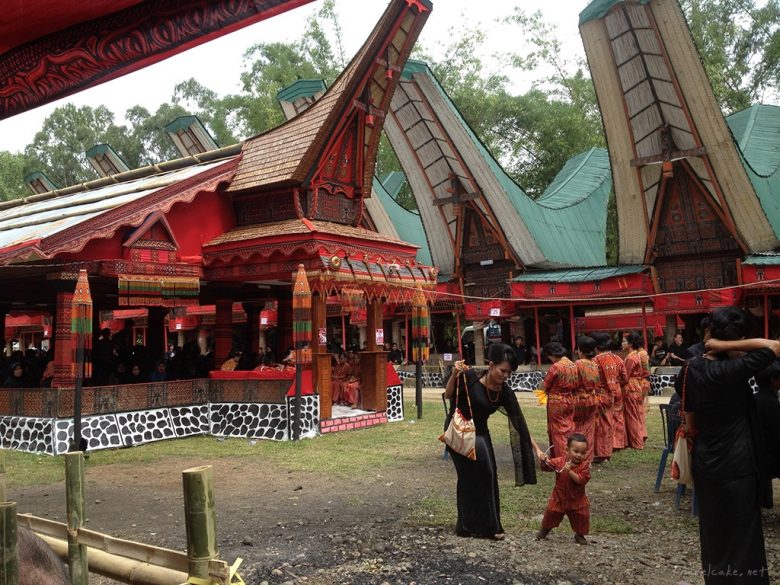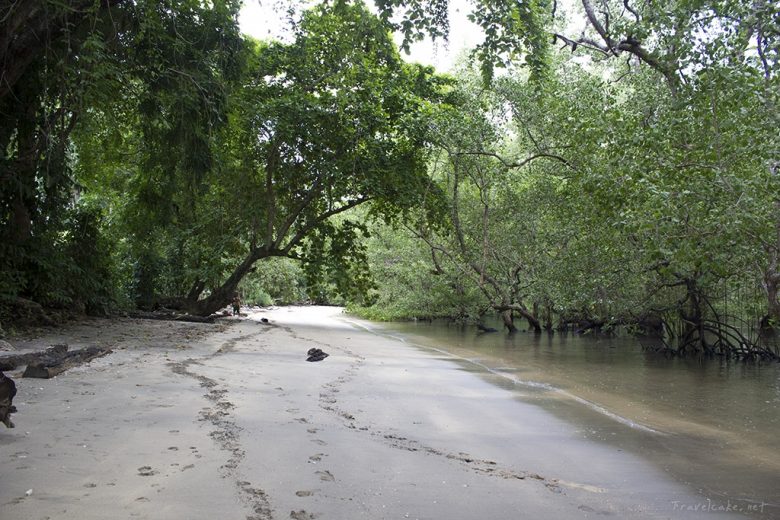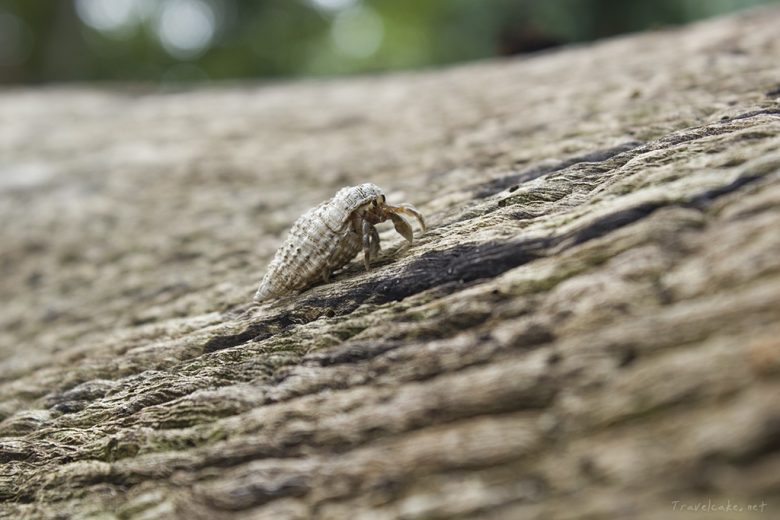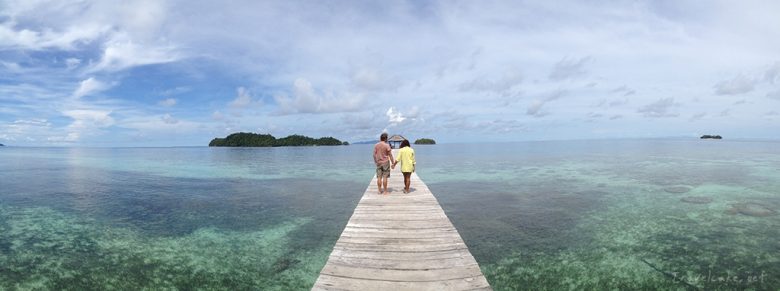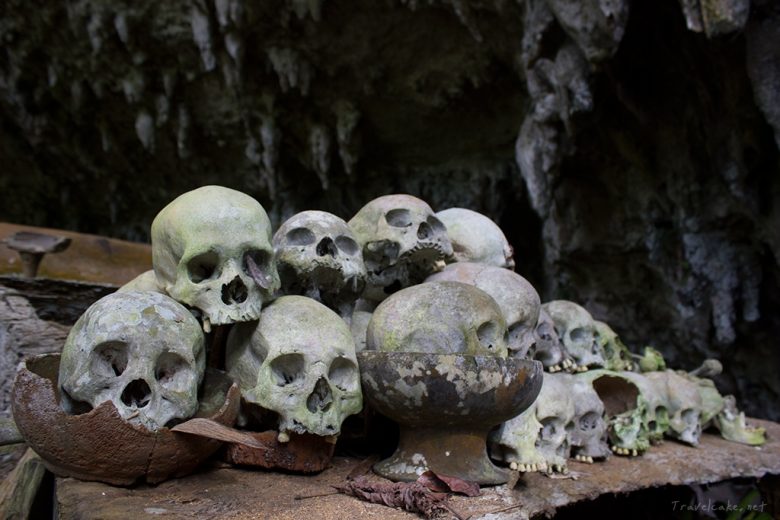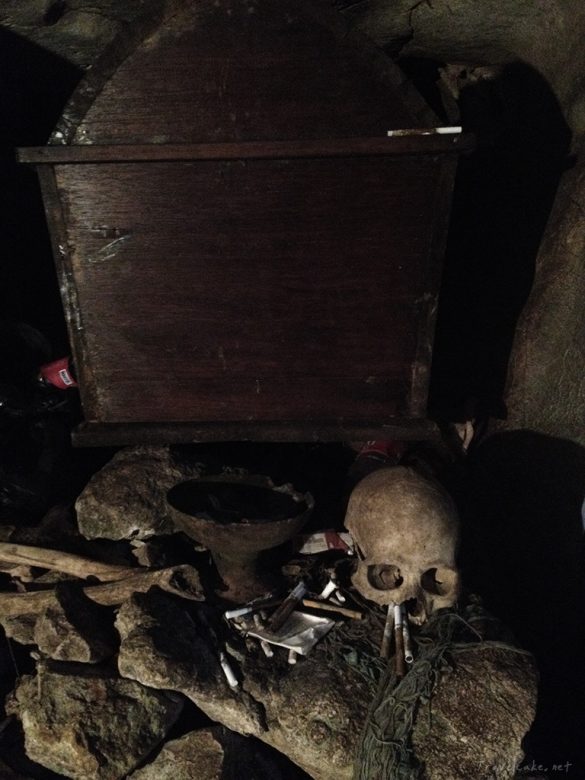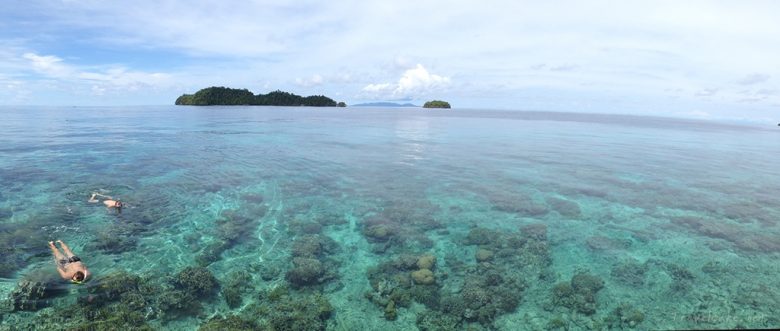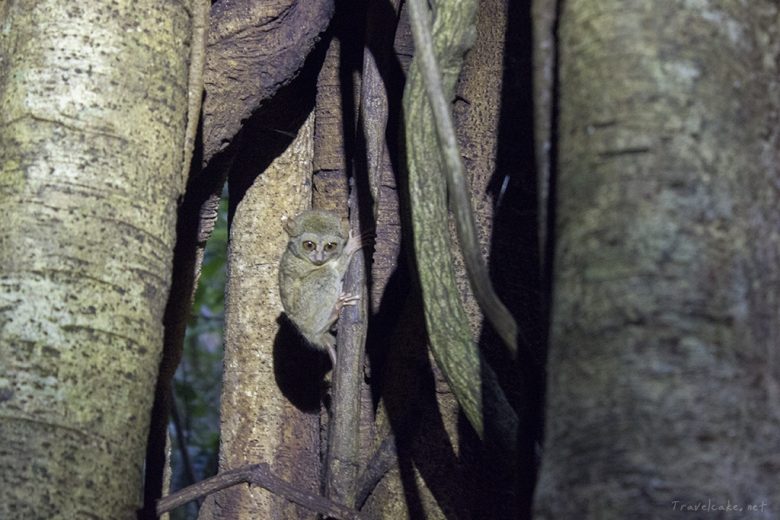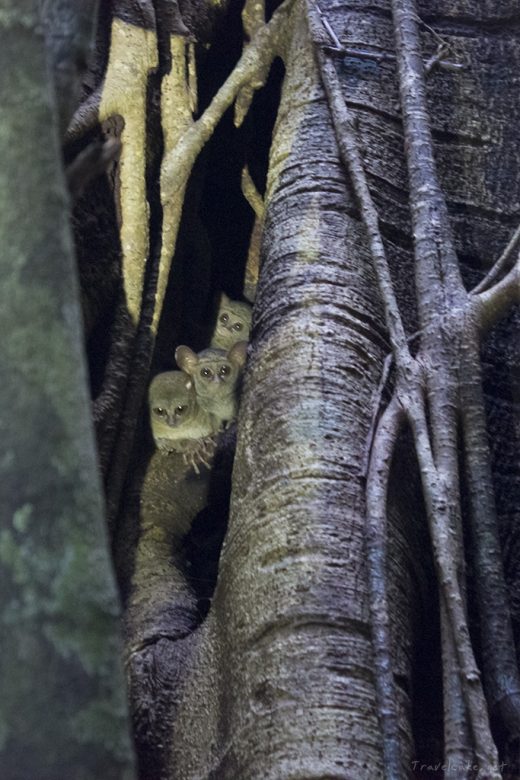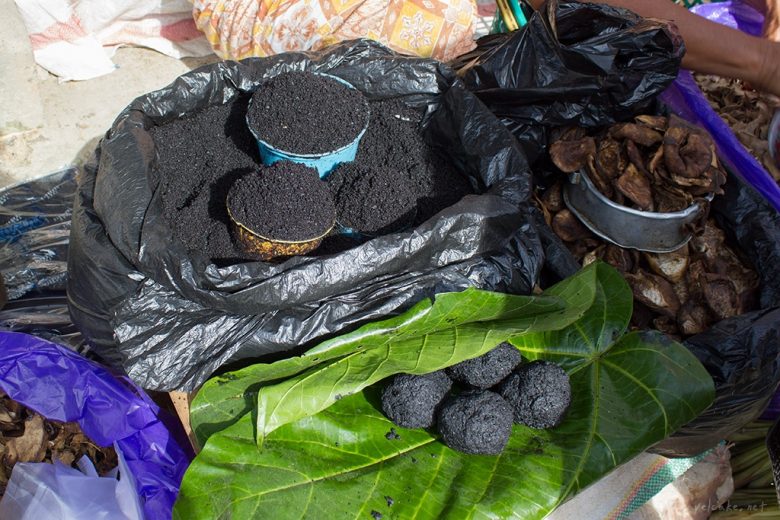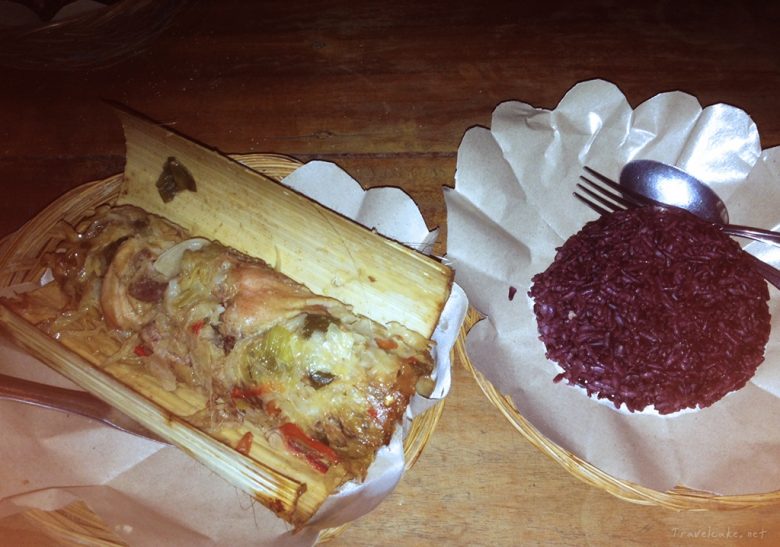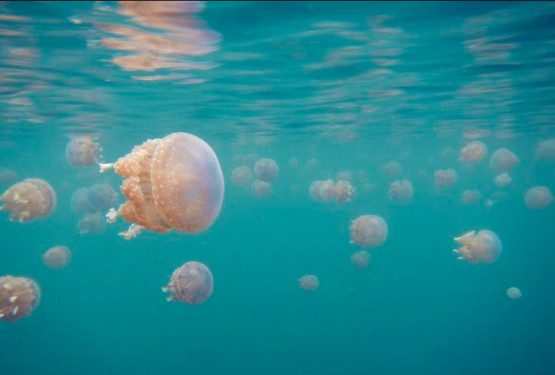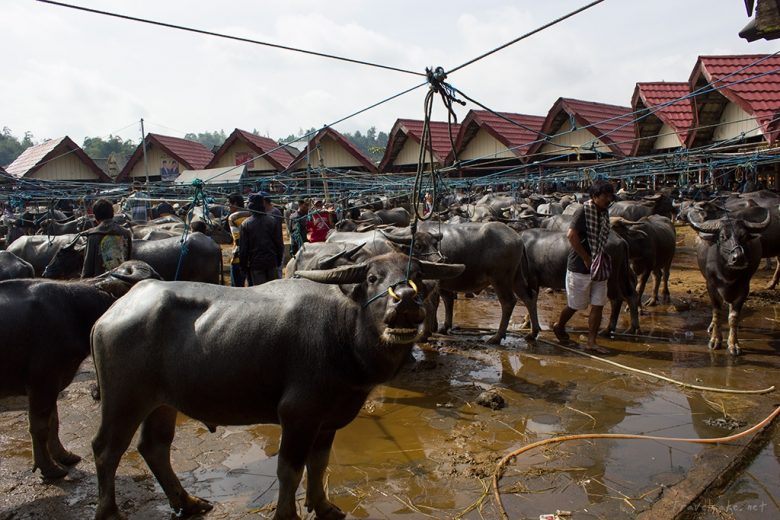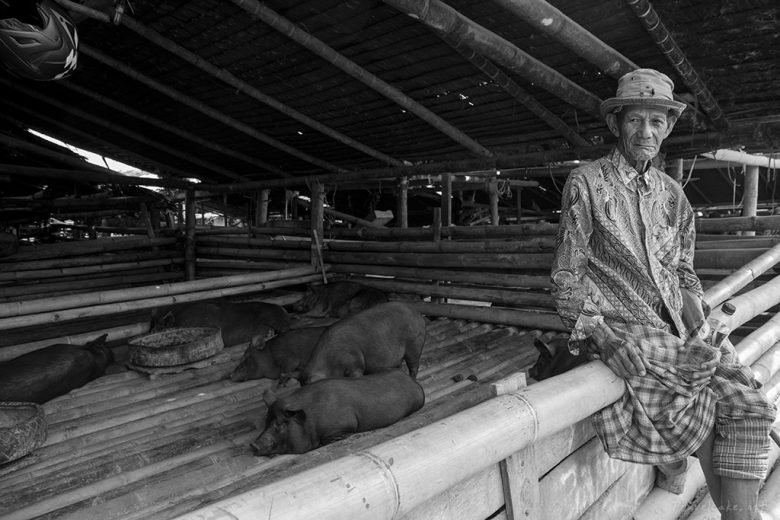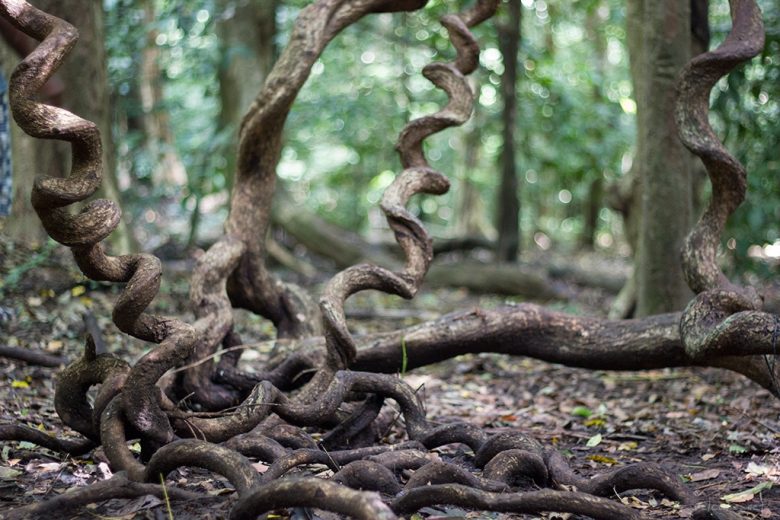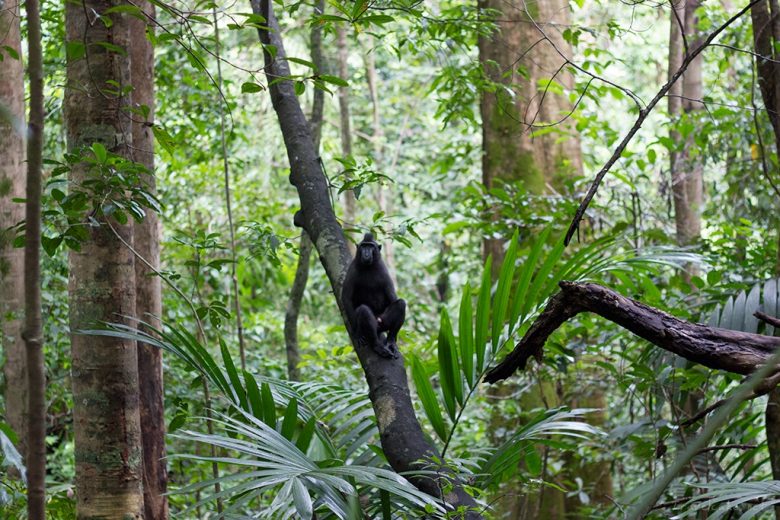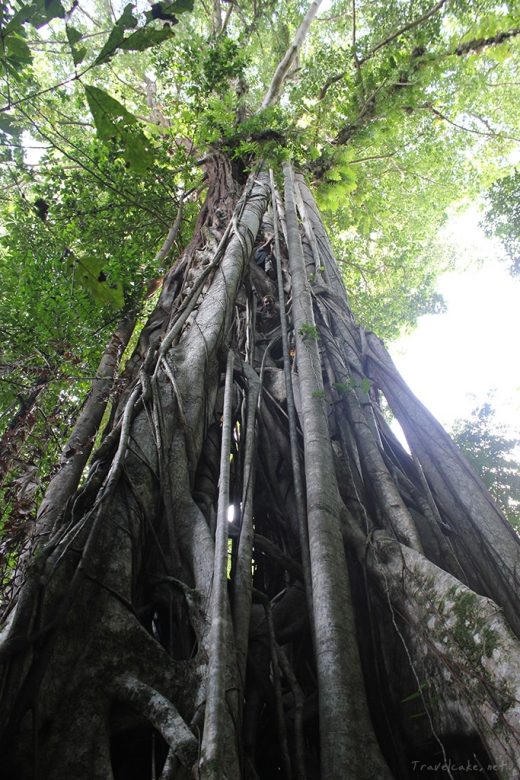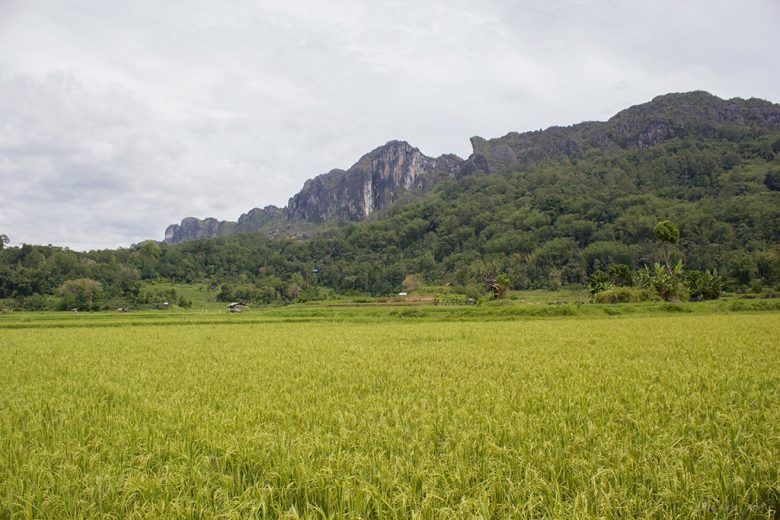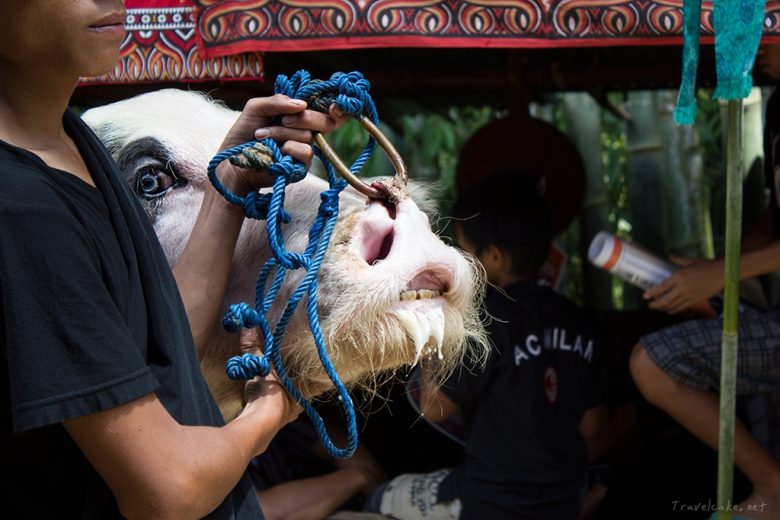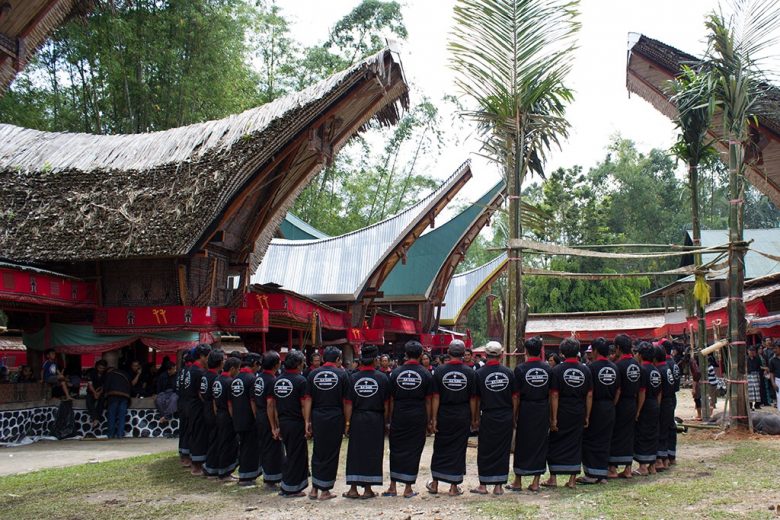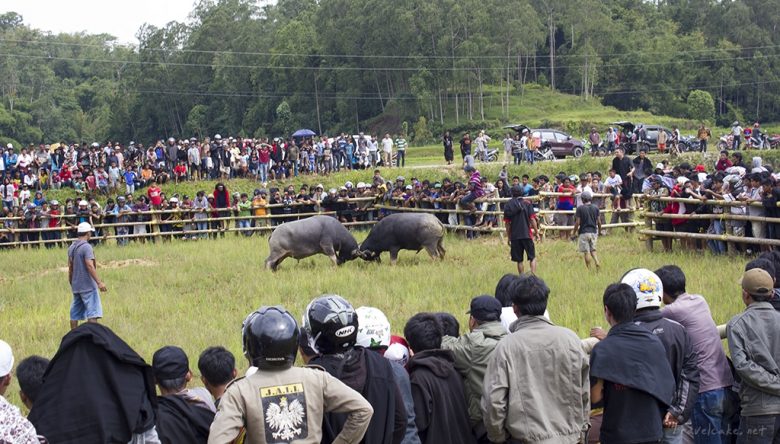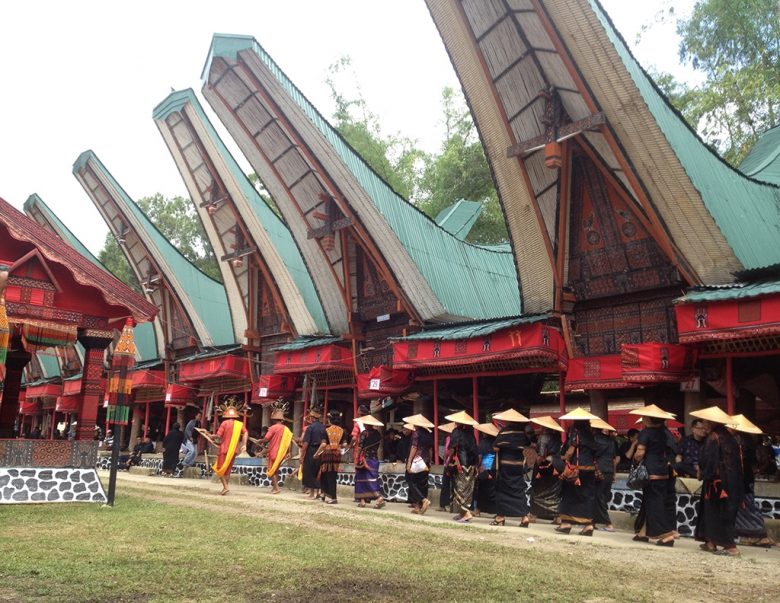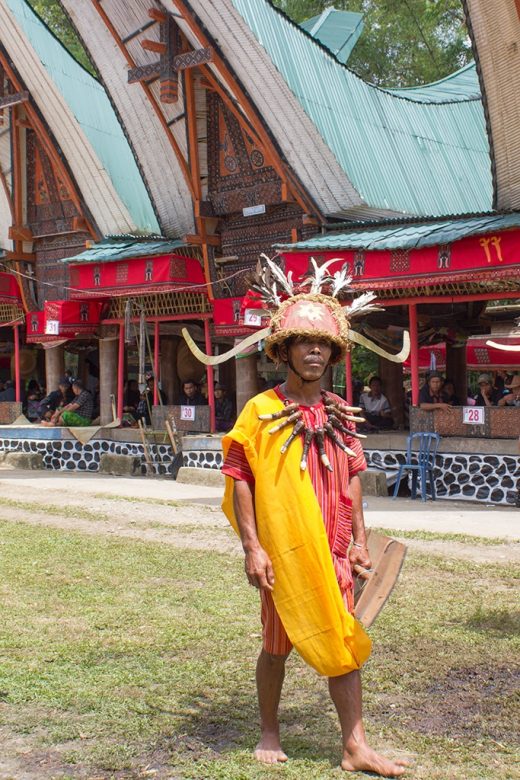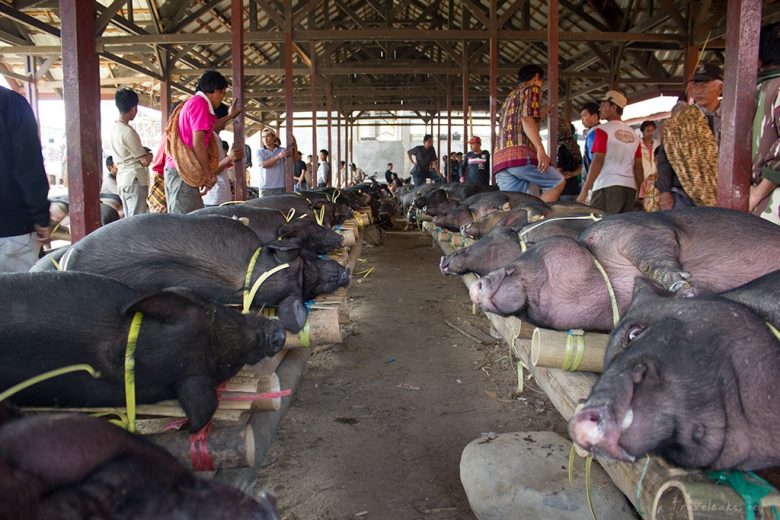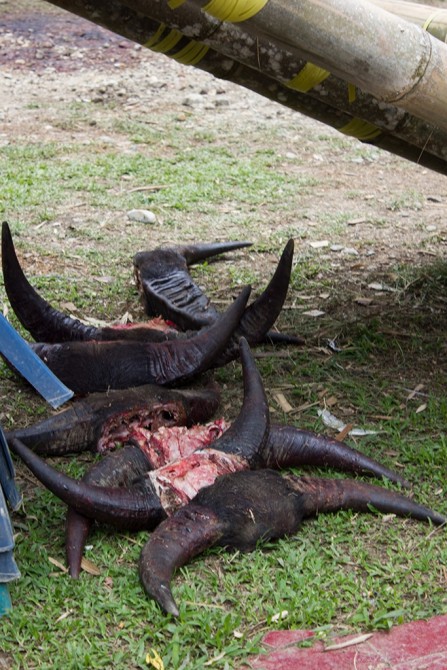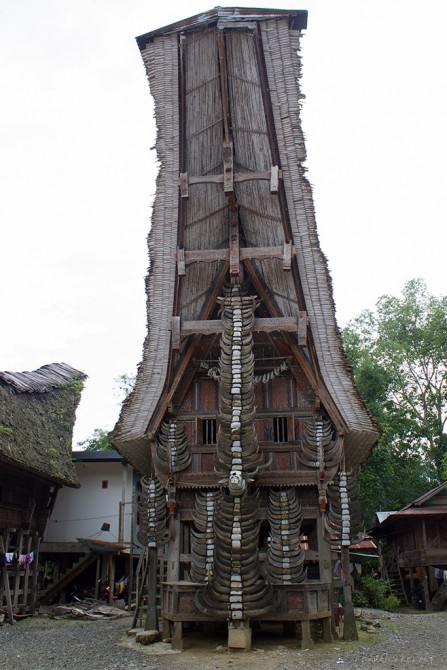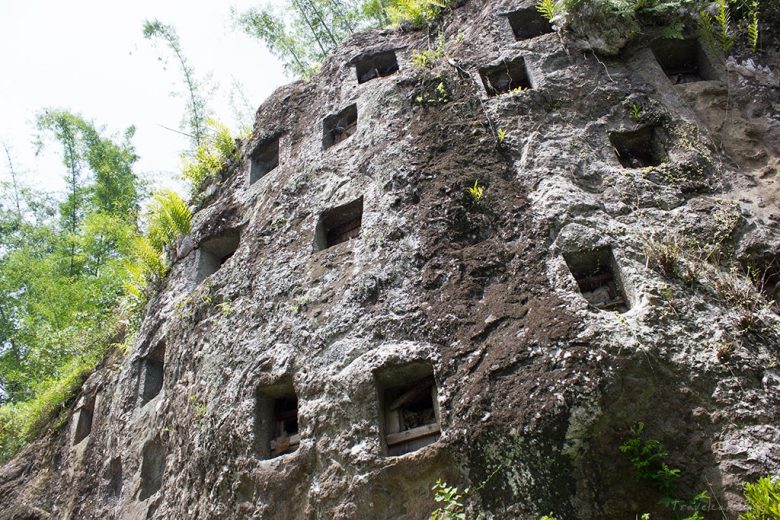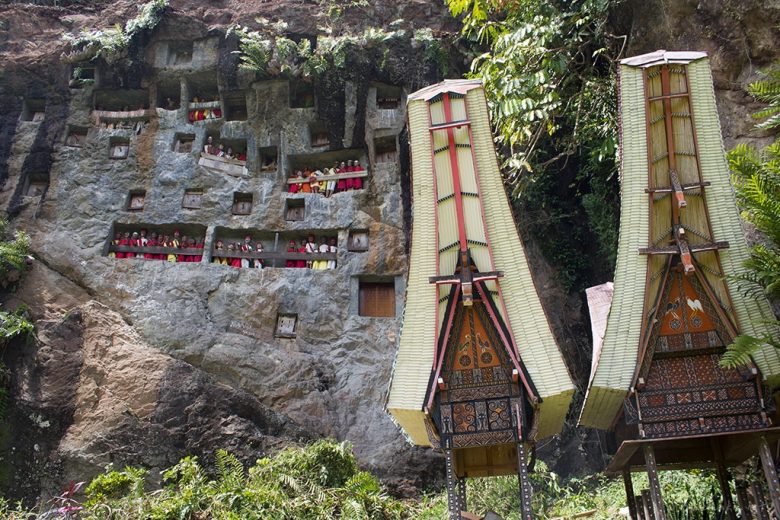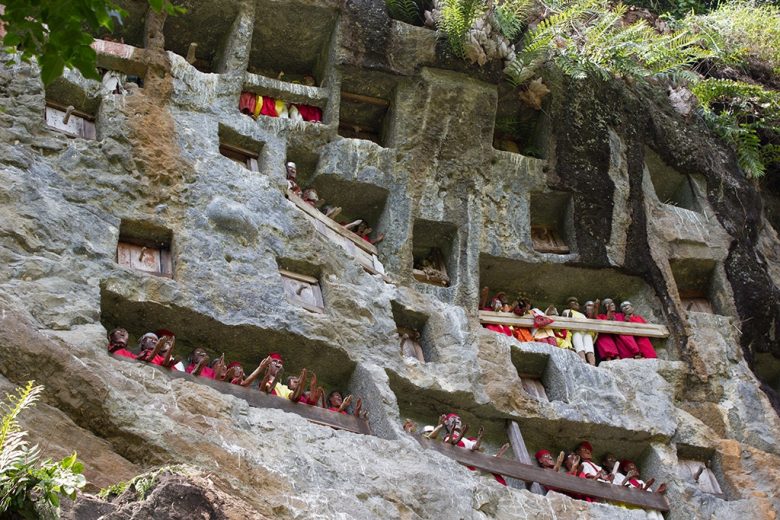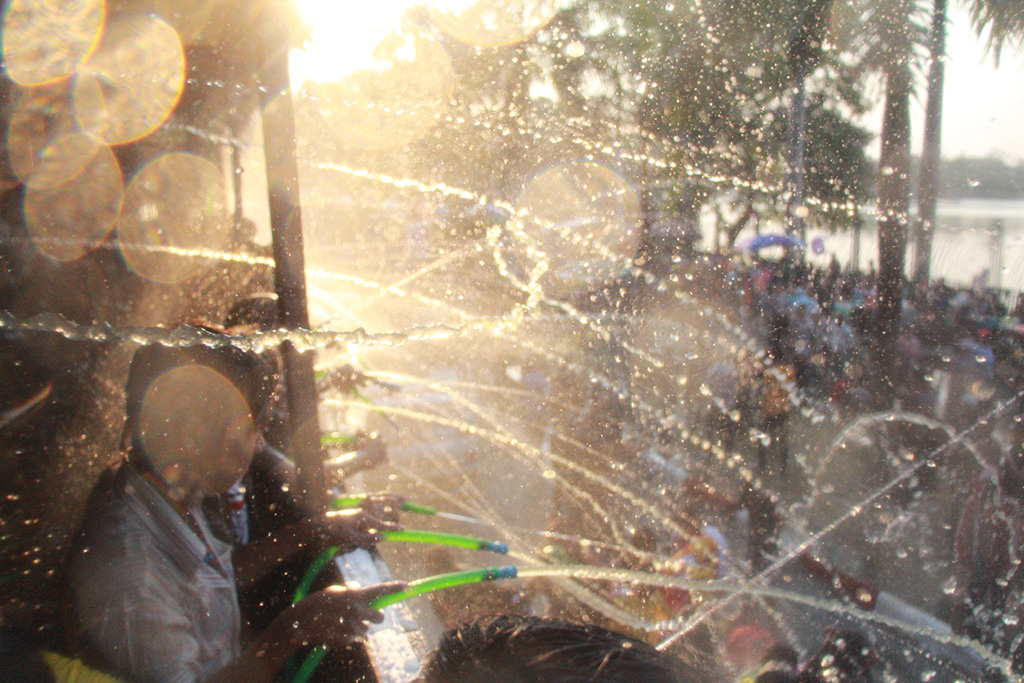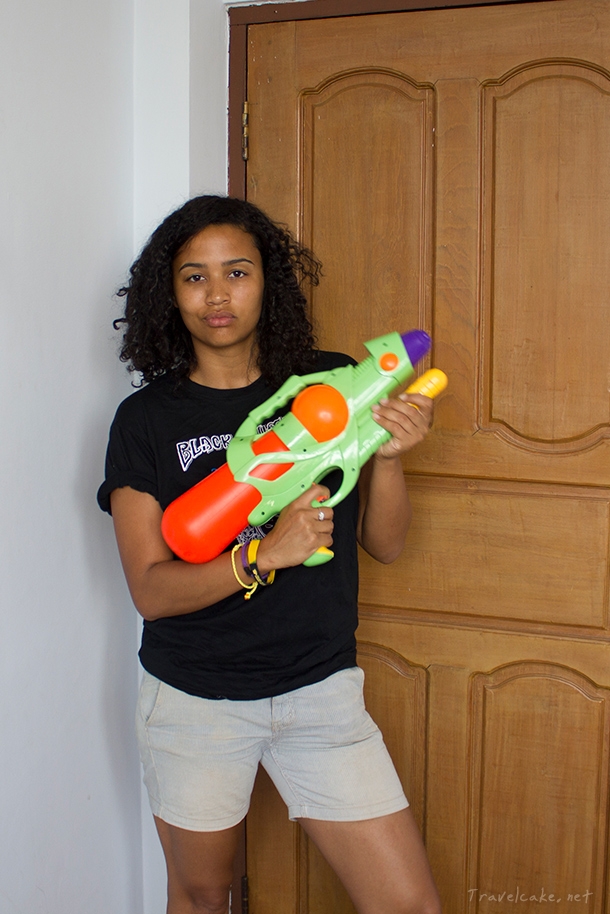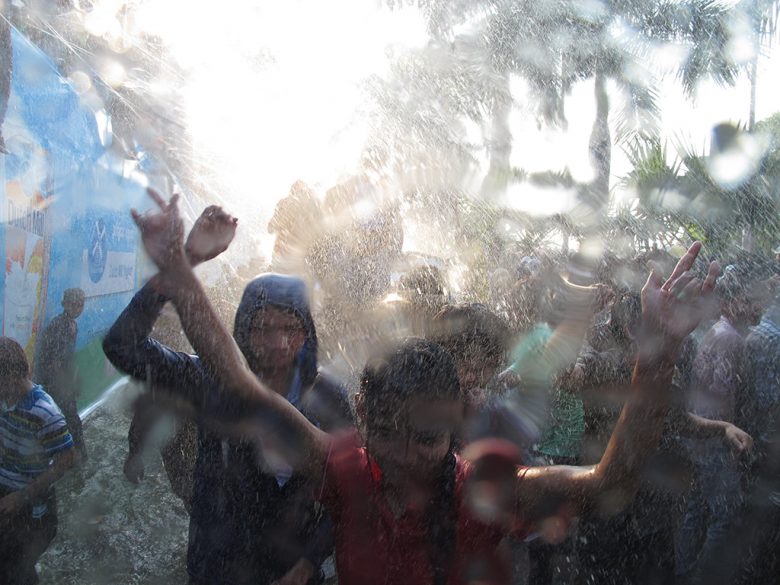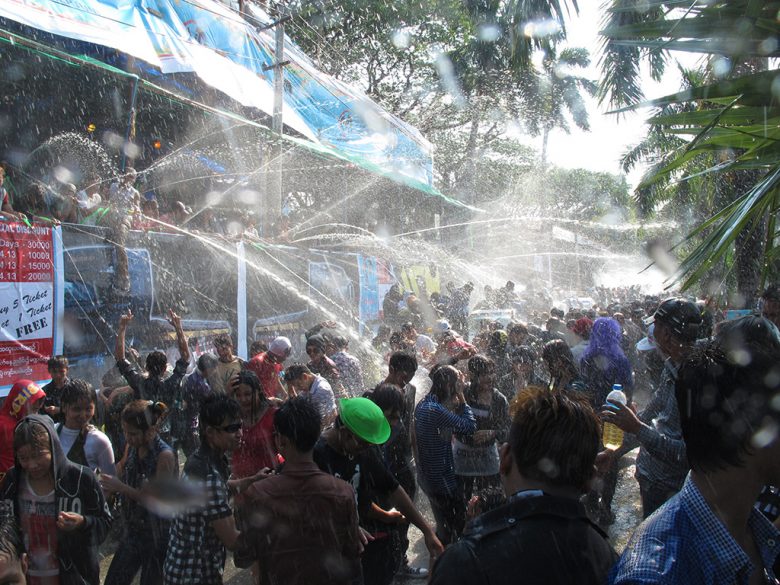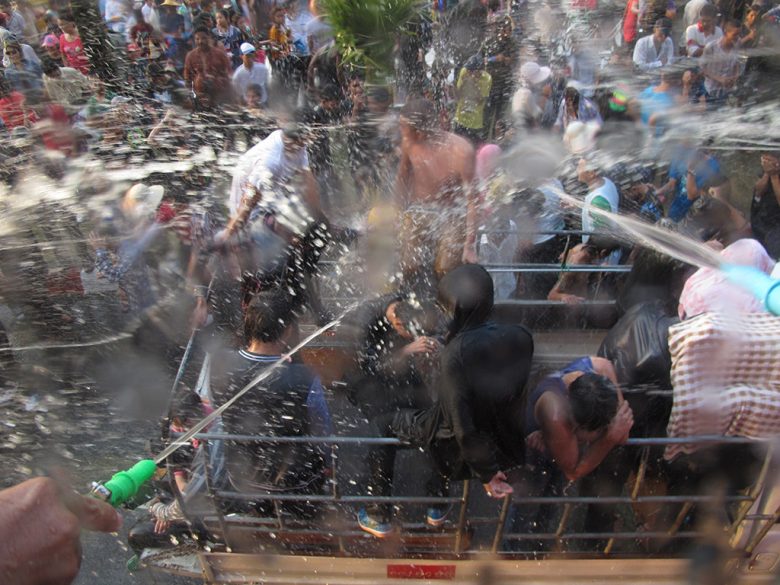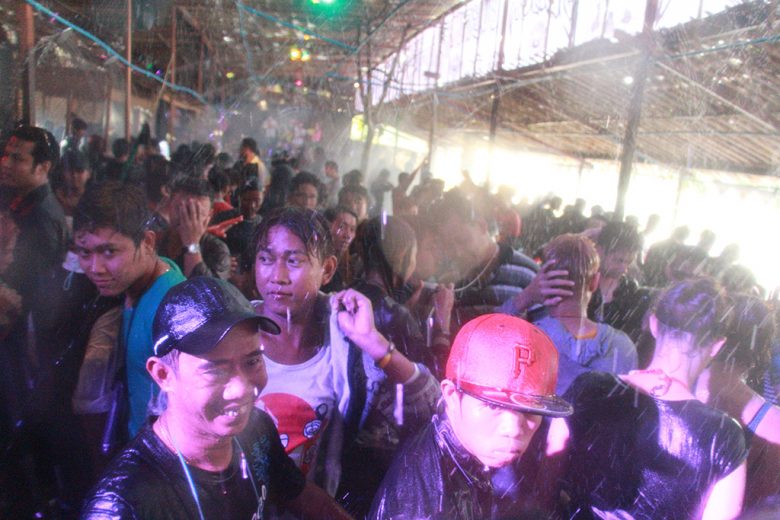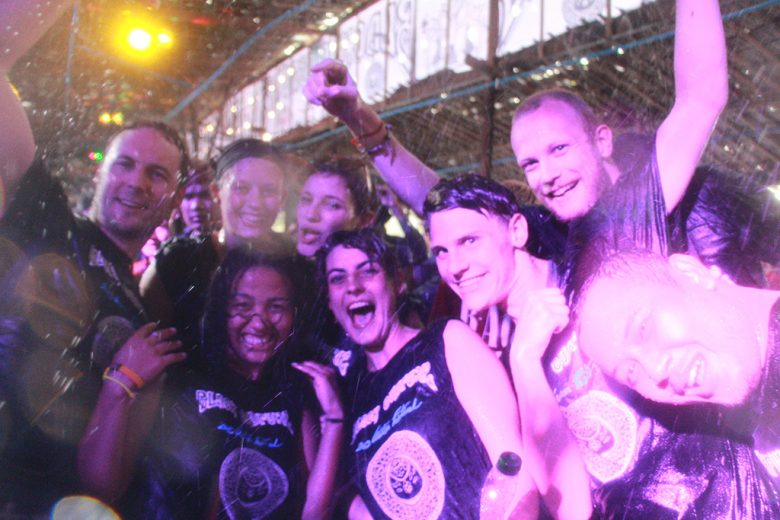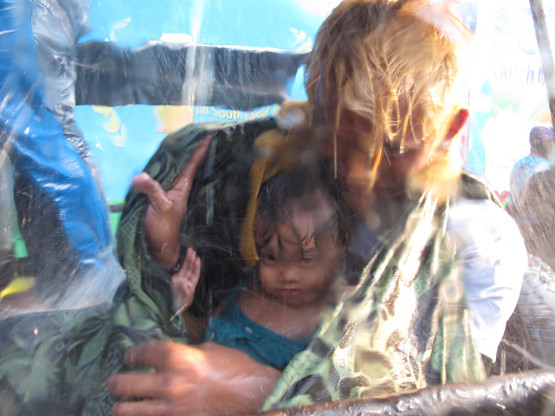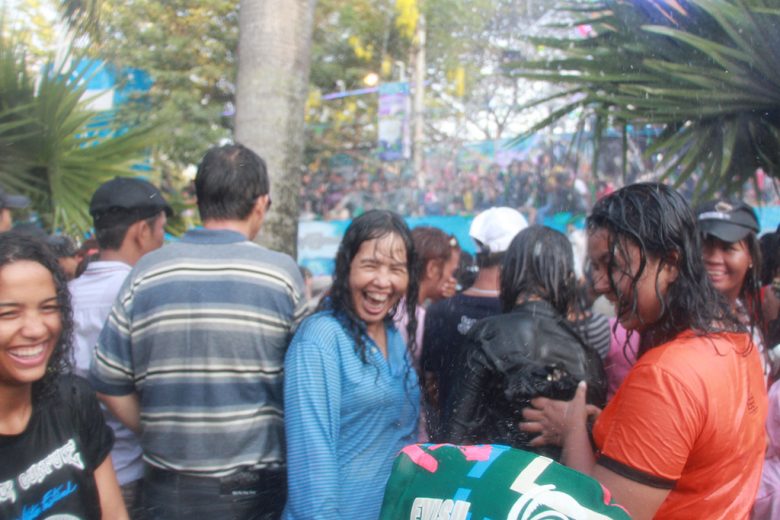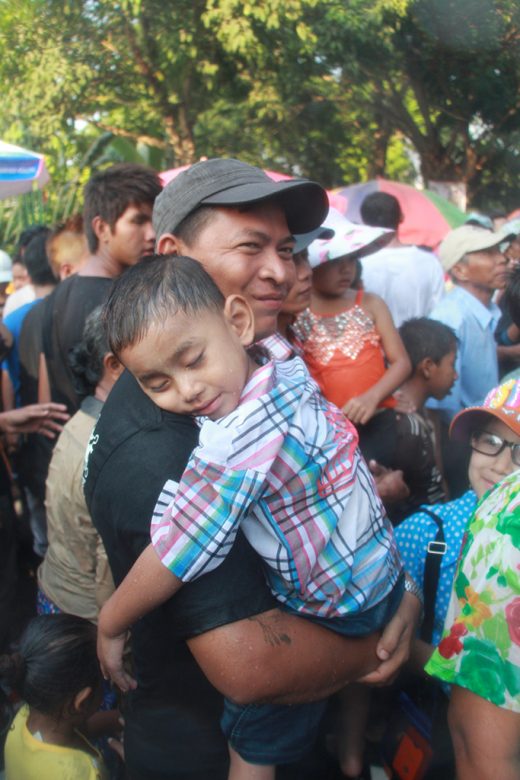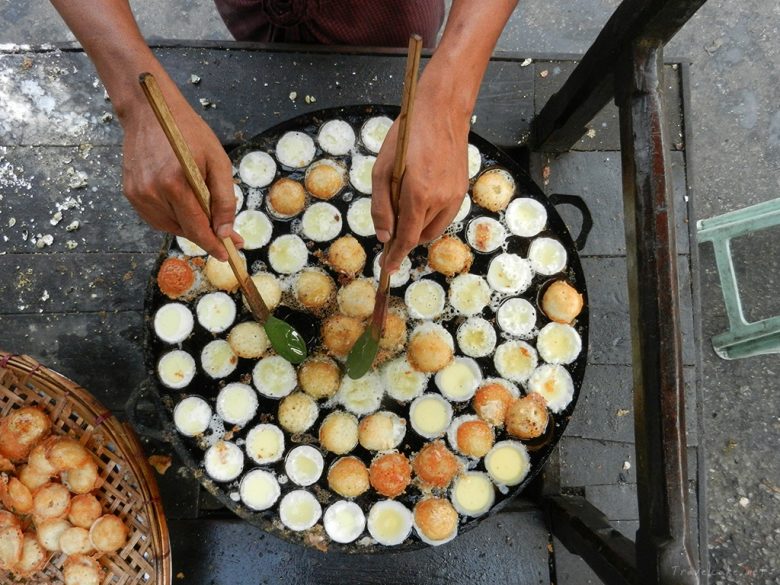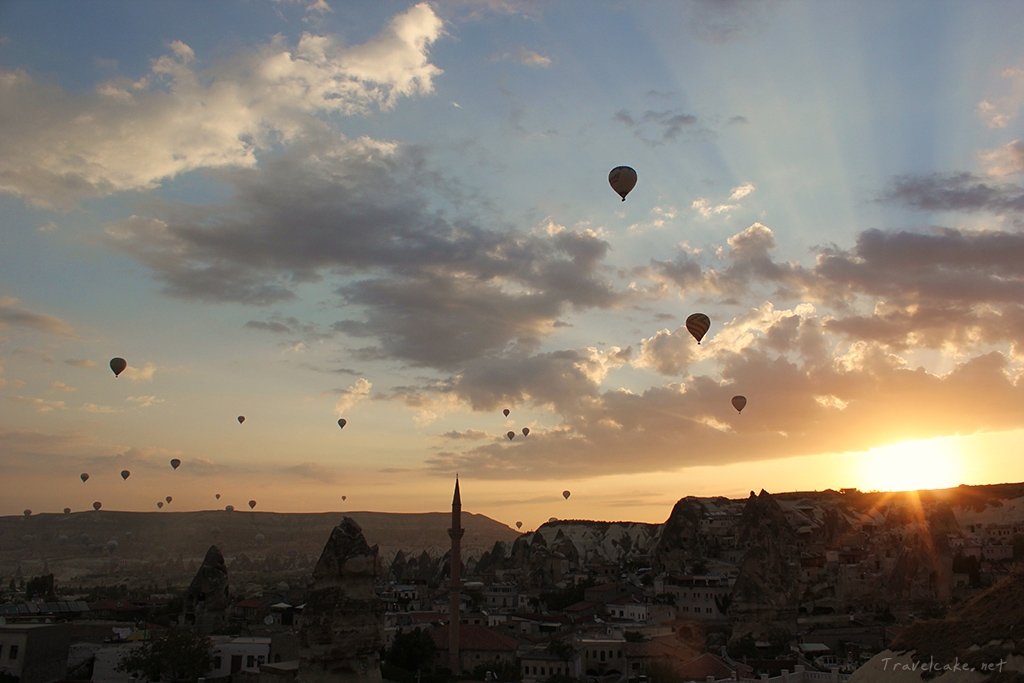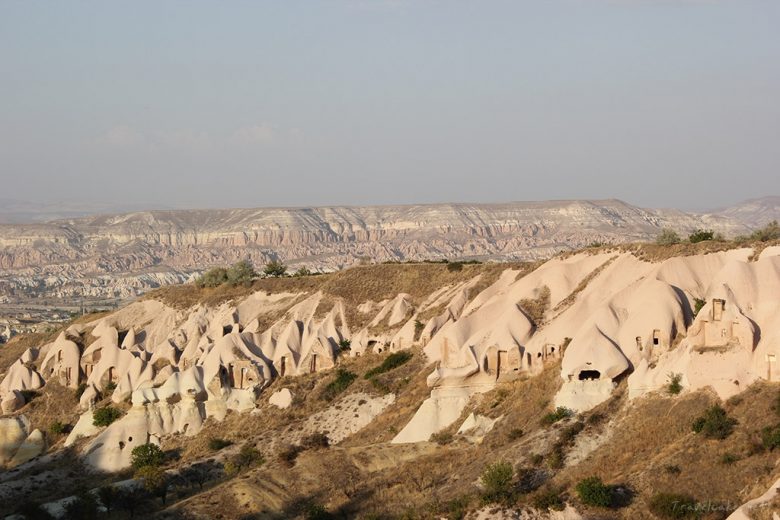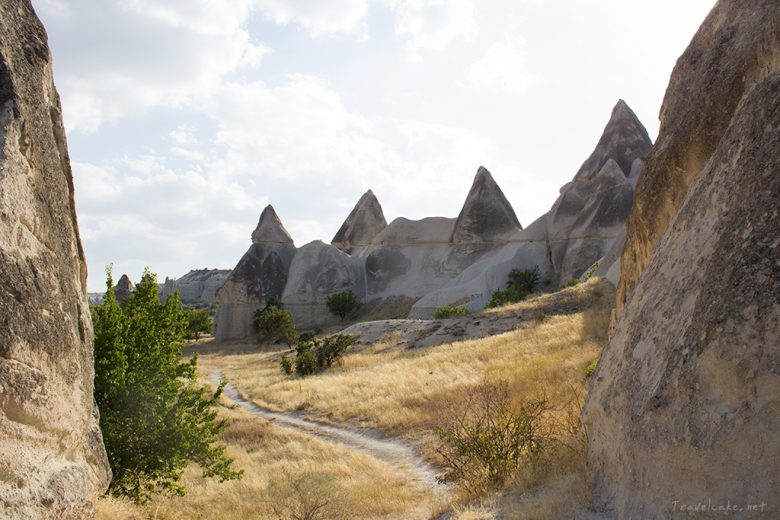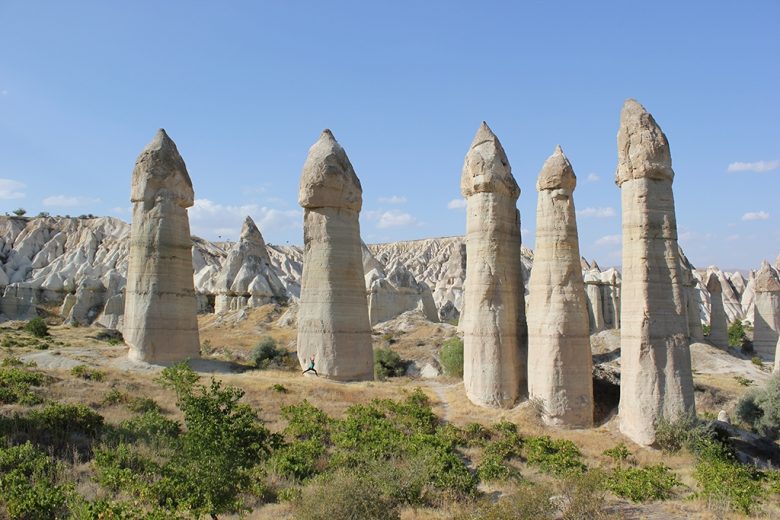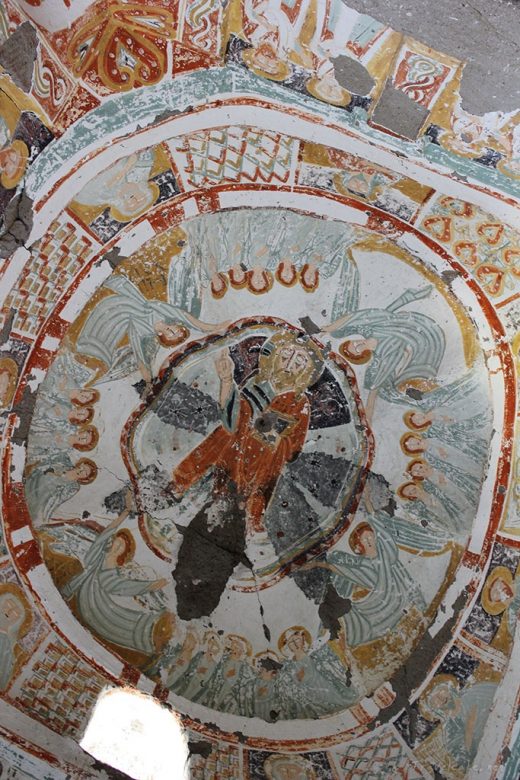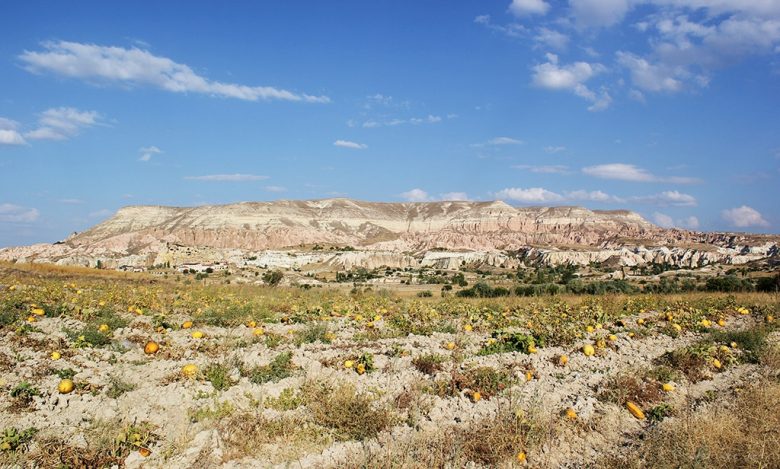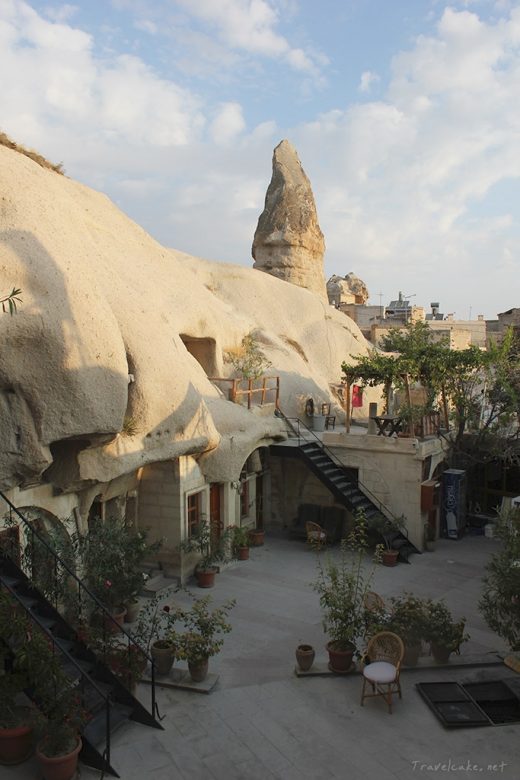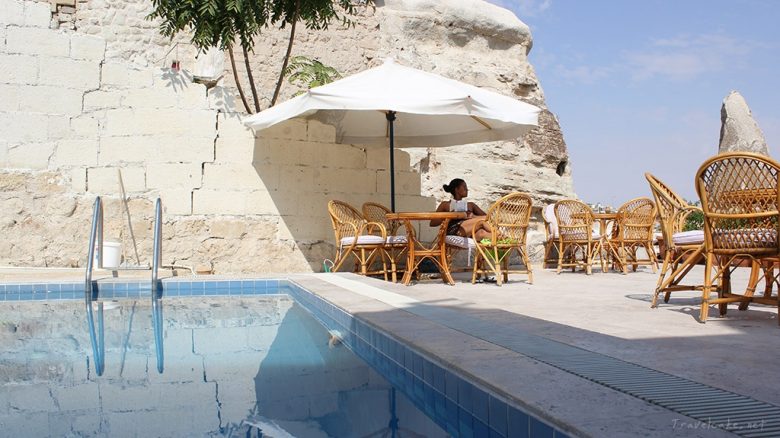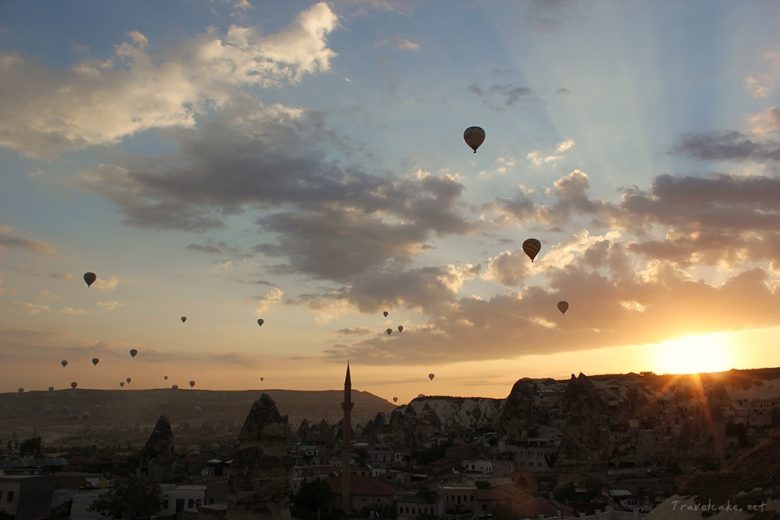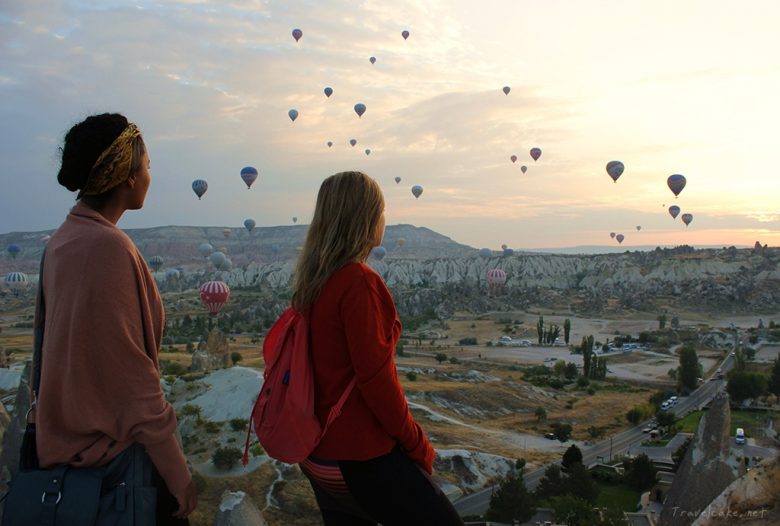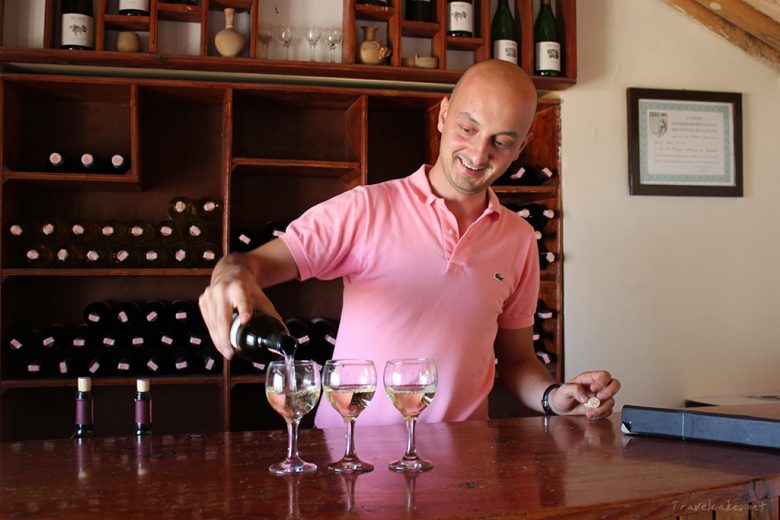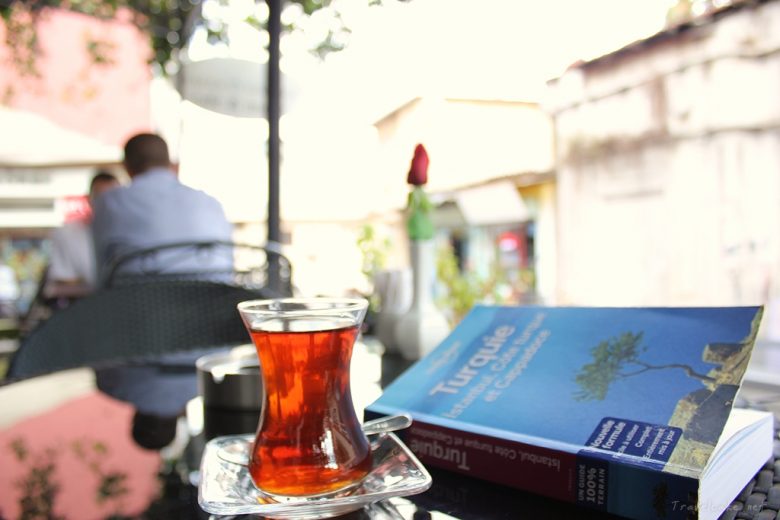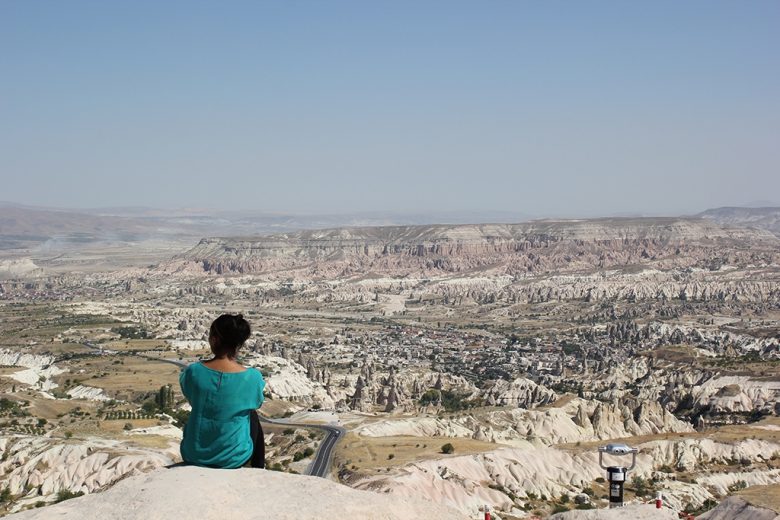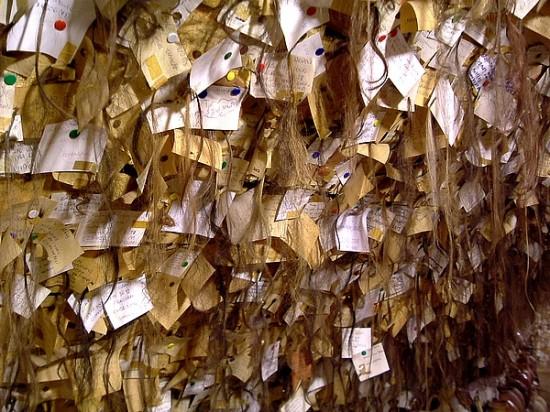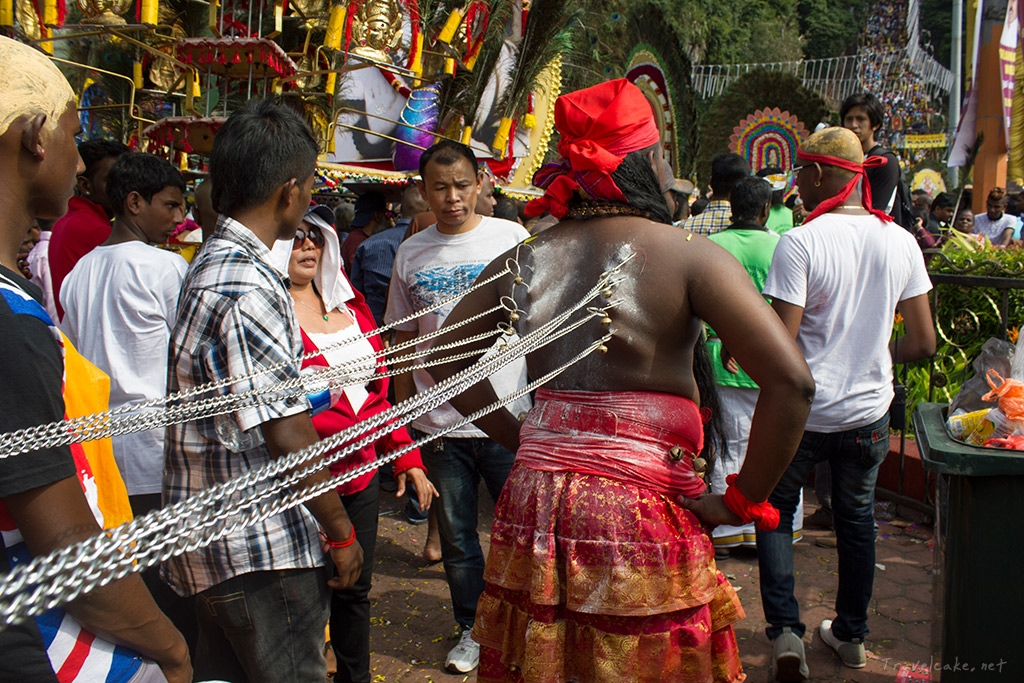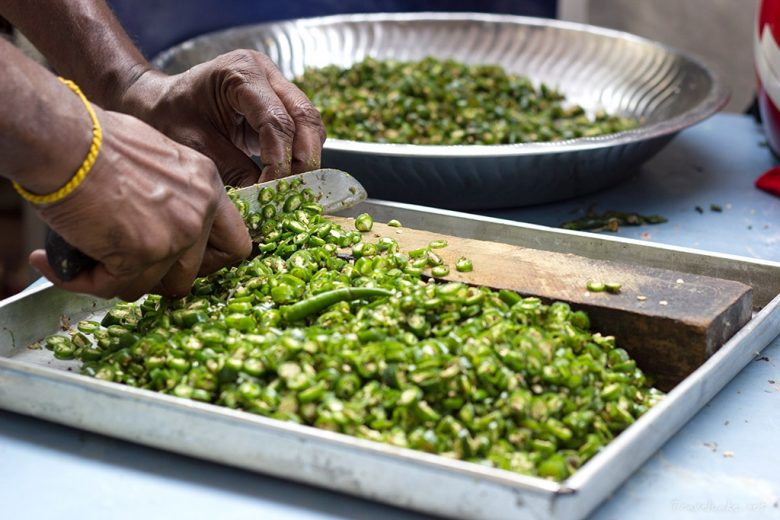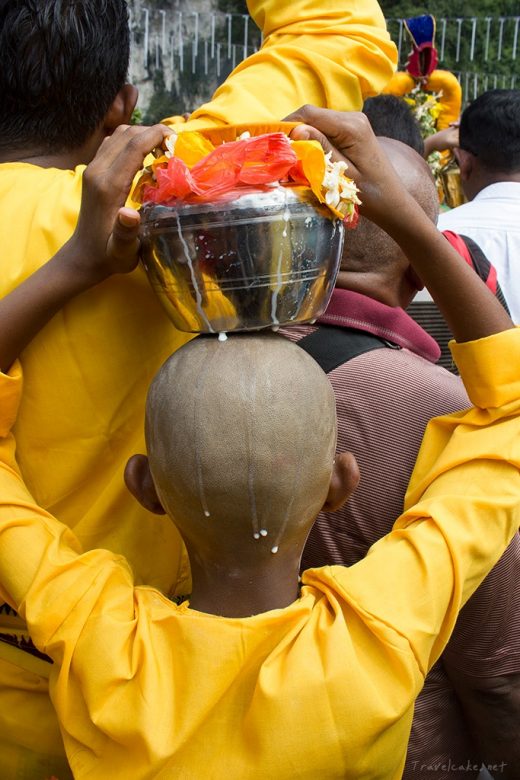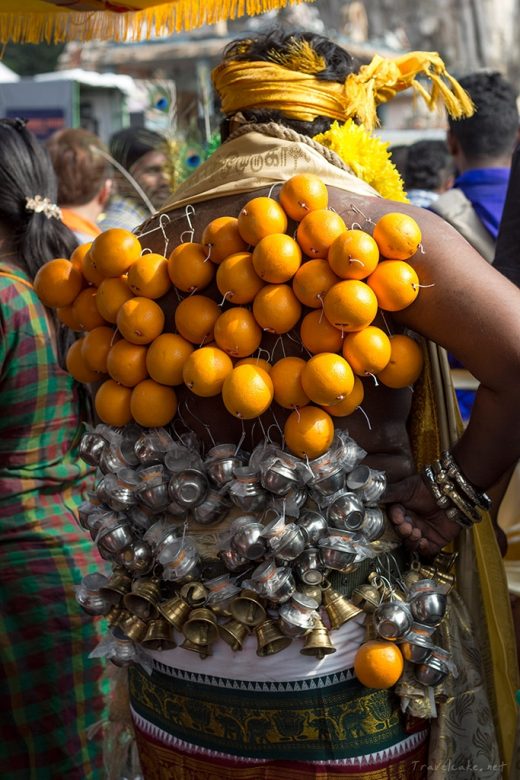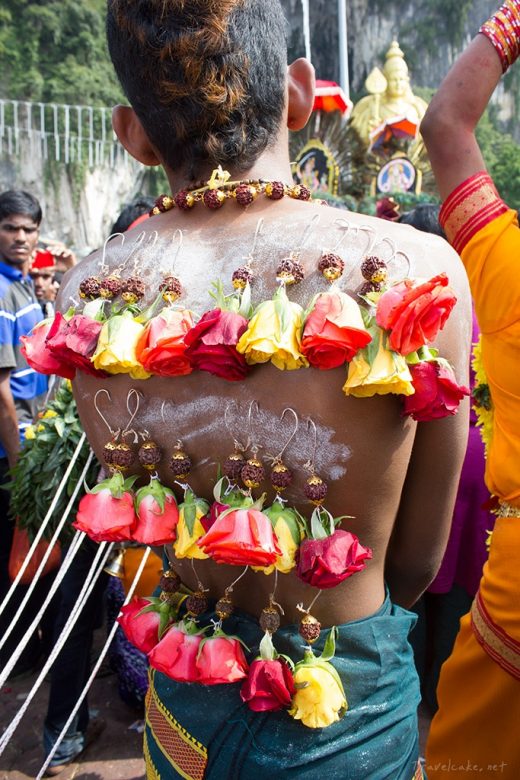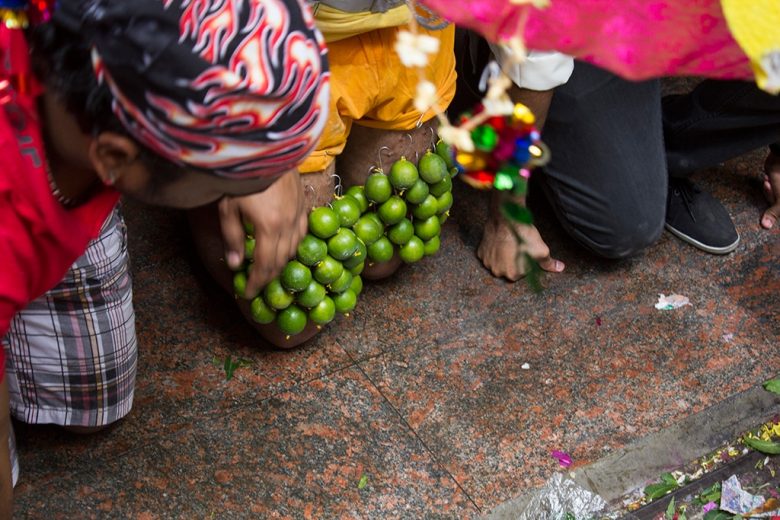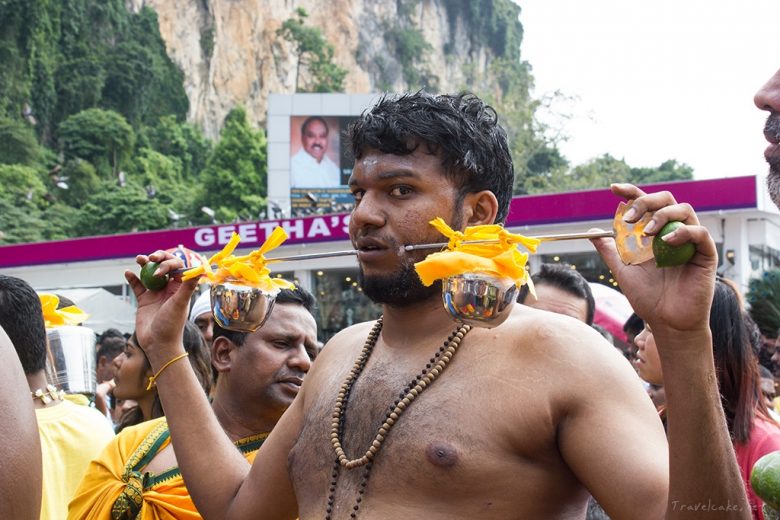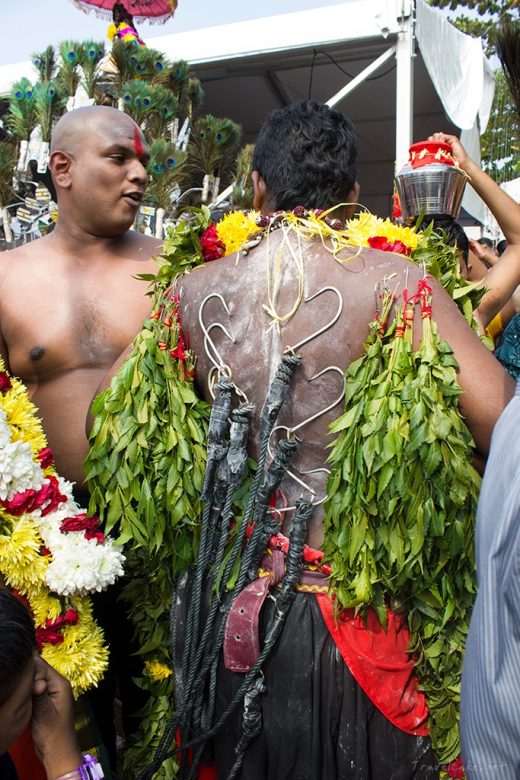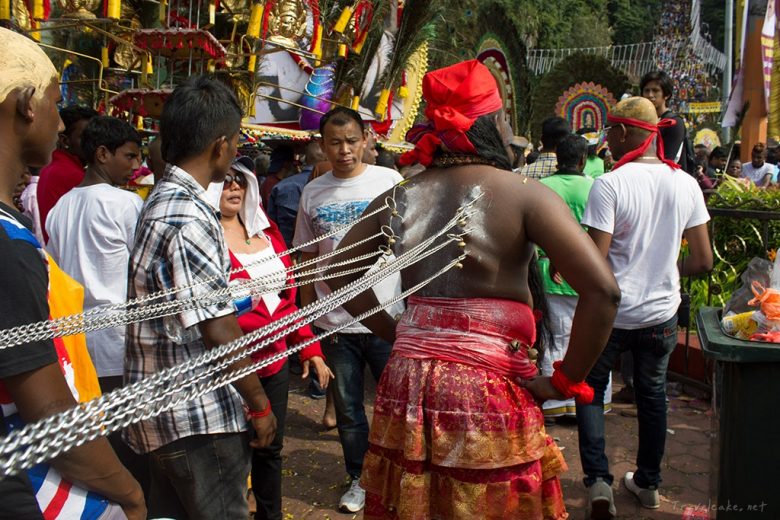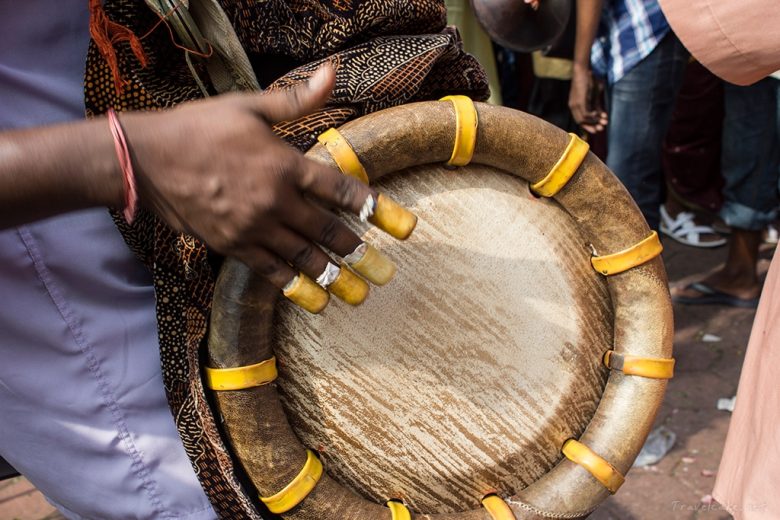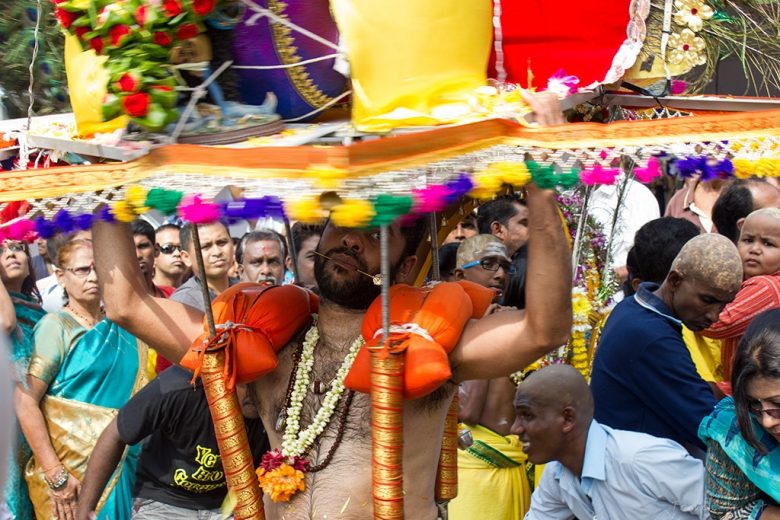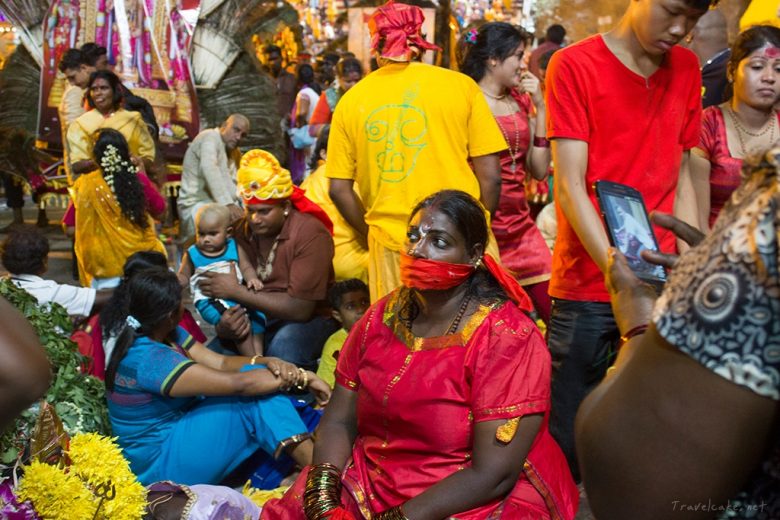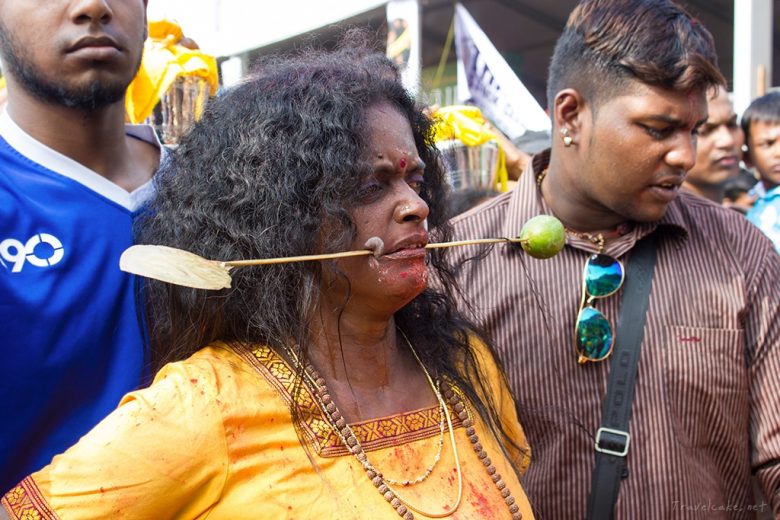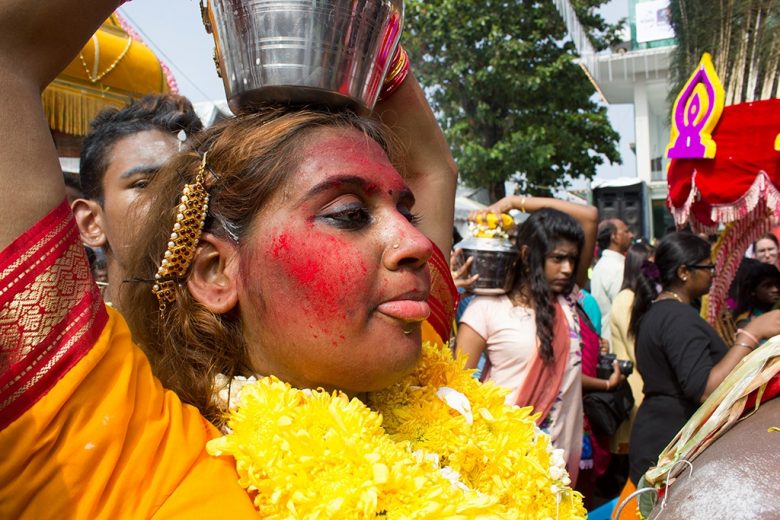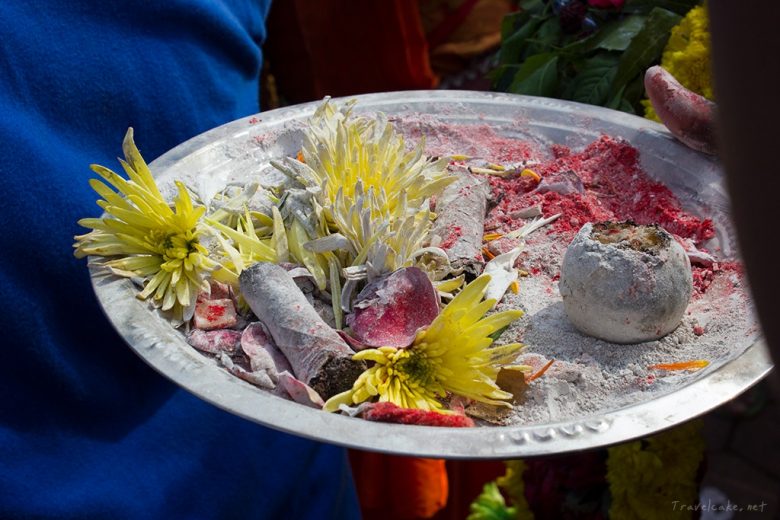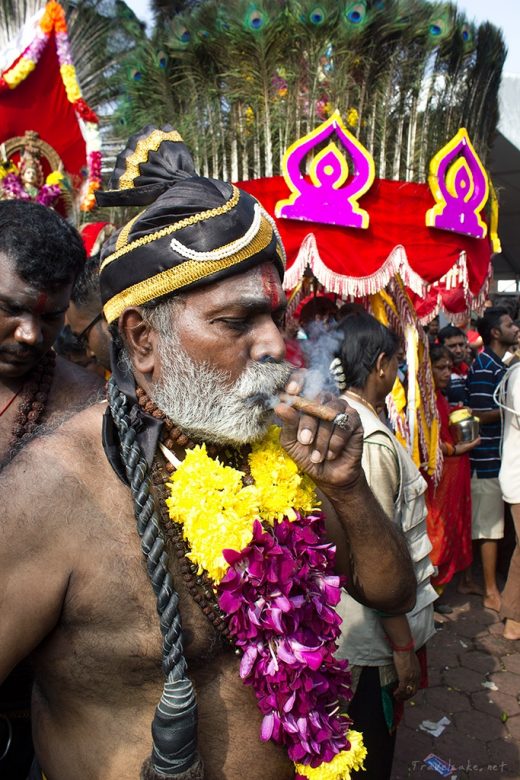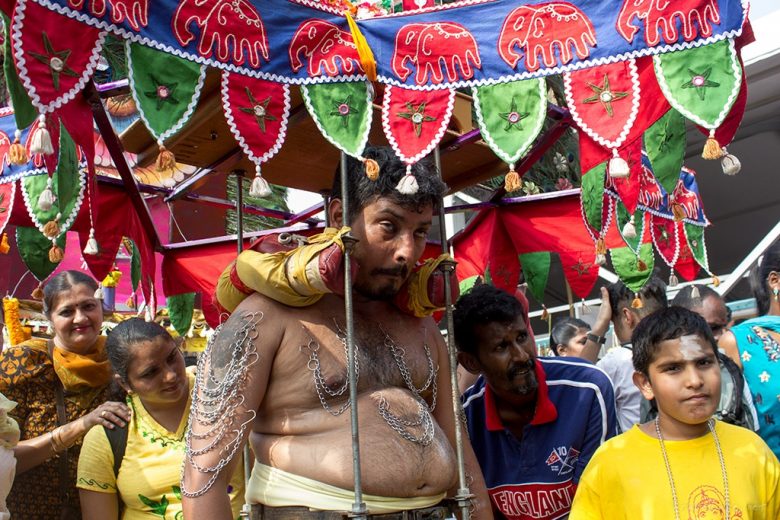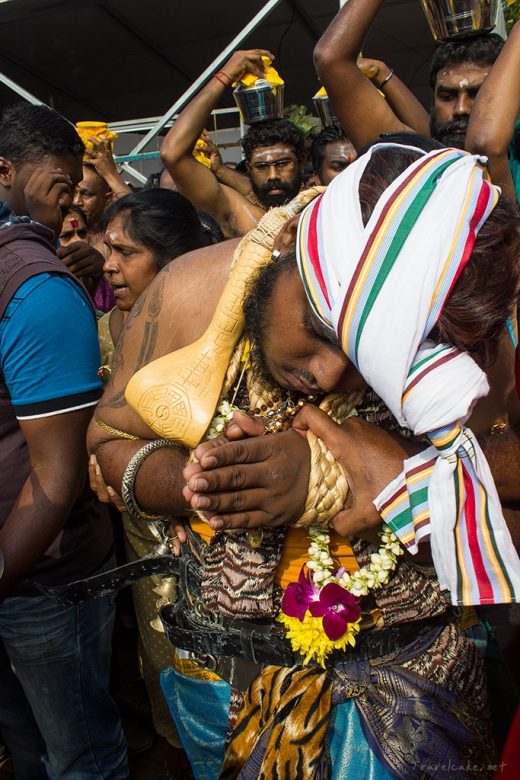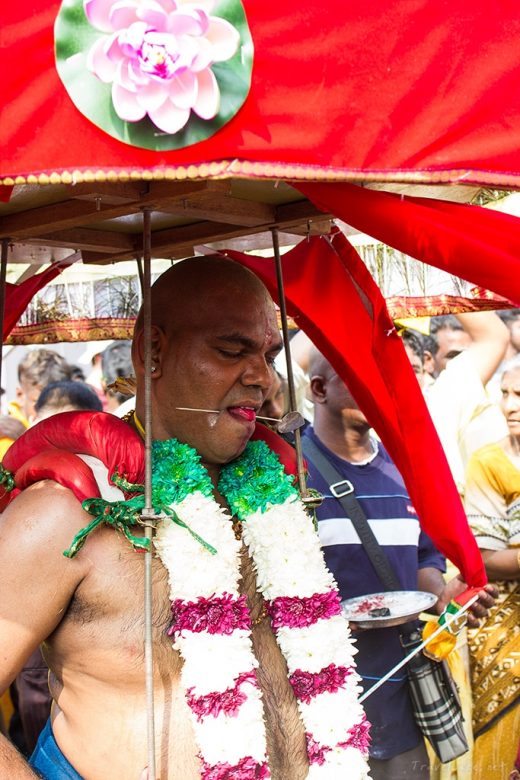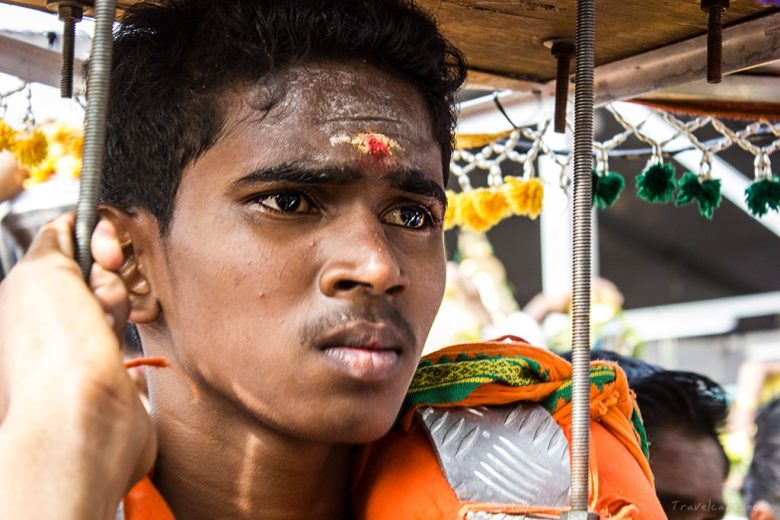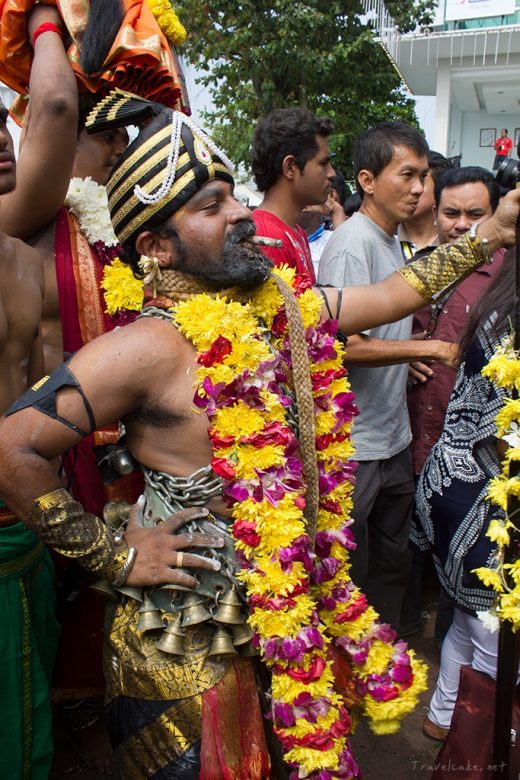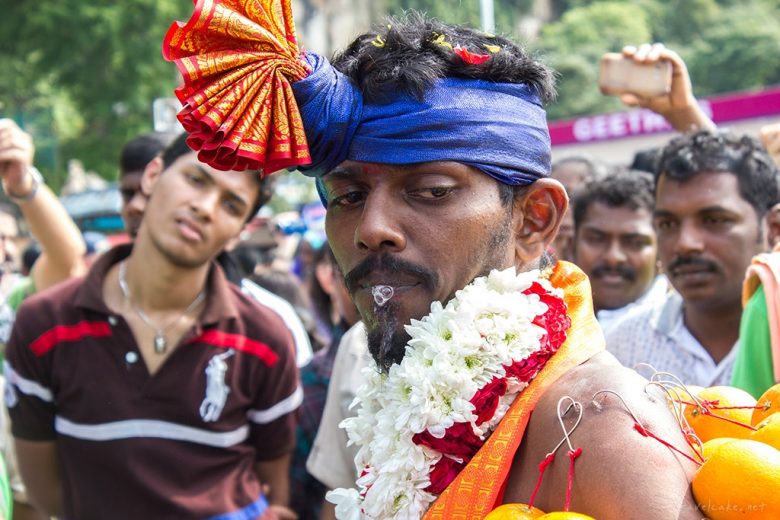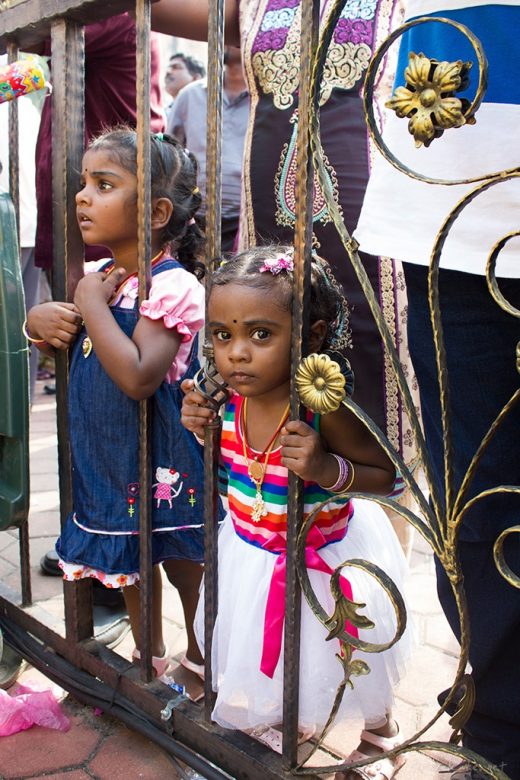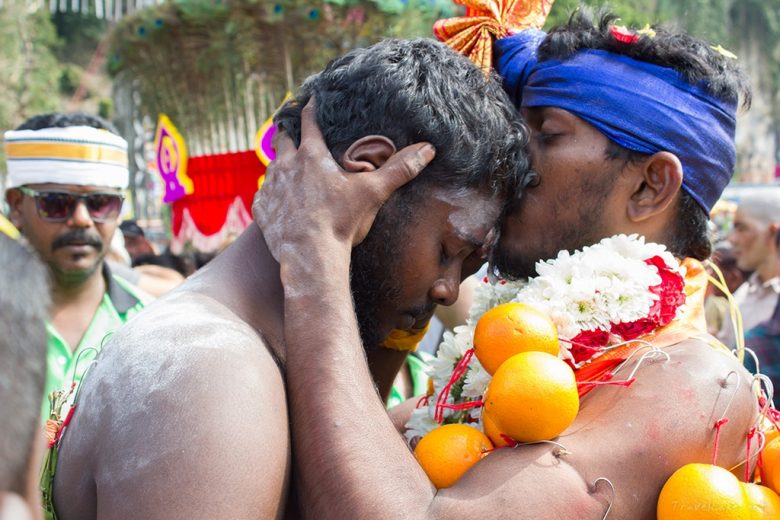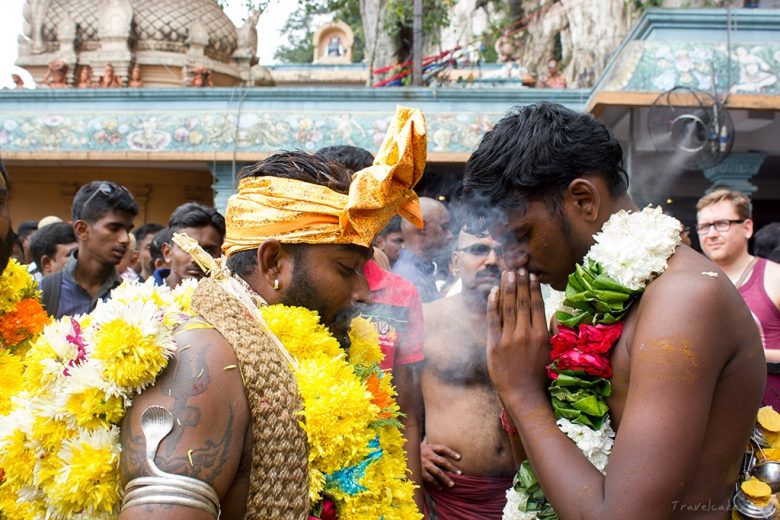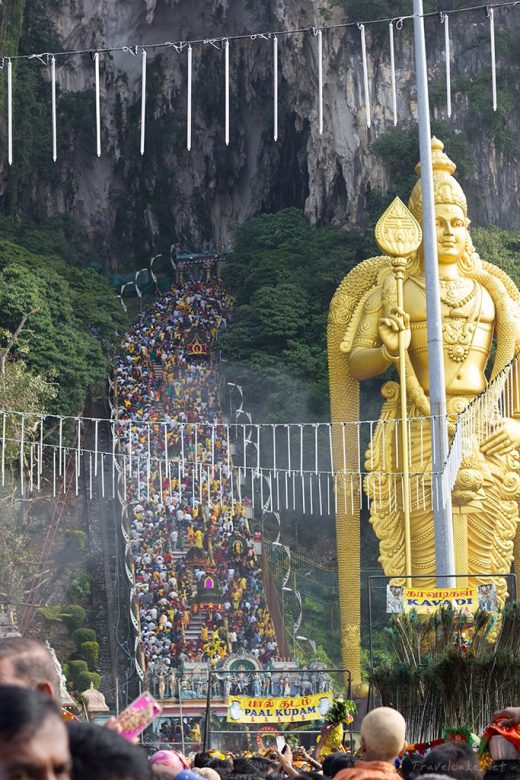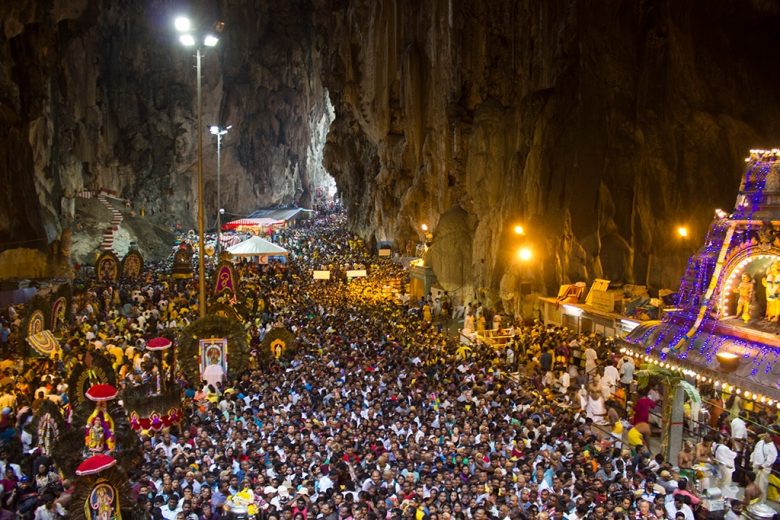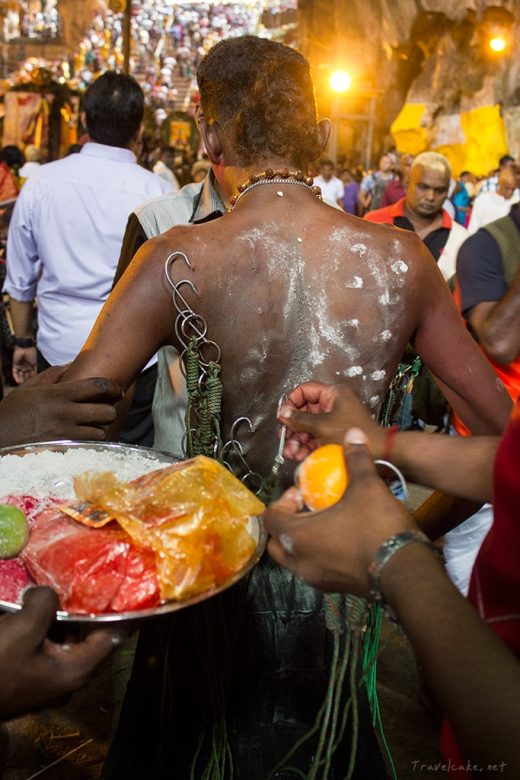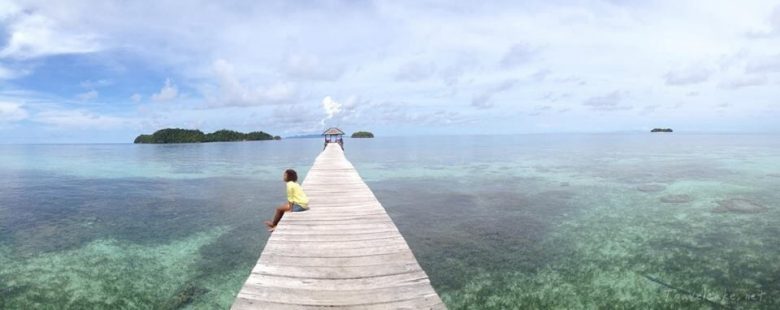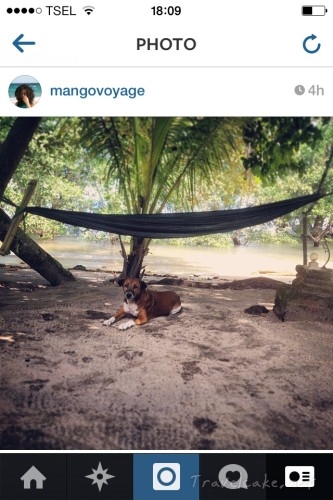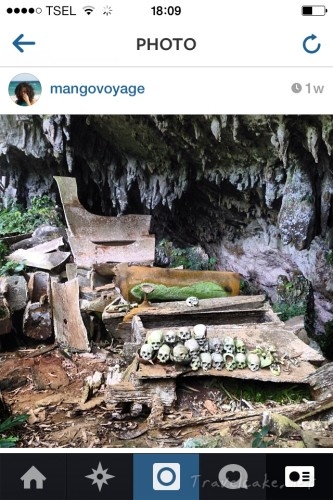There is a great misconception that Bali is just another tourist mecca full of beautiful clichés. Granted, there is a great deal of mass tourism, but there is so much more to it than that. Finding authenticity is a walk in the park and going off the beaten track is just as easy. Quirks are plentiful and one needn’t look far to find some. Besides the cultural oddities, there are tonnes of fun off-beat activities you can participate in. These are my favourite quirky things to do in Bali.
1. Mud wrestling under a full moon at the Green school
The greenest school on earth lies somewhere between rice fields and Balinese villages. Built entirely out of bamboo, the Green School boasts an endangered bird rehabilitation program, an organic vegetable garden grown by its students, an enormous crystal radiating positive energy on the playground, a natural swimming pool and… a mud pit. Students, teachers and visitors regularly engage in playful mud wrestling tournaments. Several times a year, a “Mepantigan full moon performance” is held on the school grounds. Mepantigan is a traditional act combining Balinese martial art, fire dance, drama and music. Those who don’t mind getting their clothes dirty, can join the mud fun after the performance.
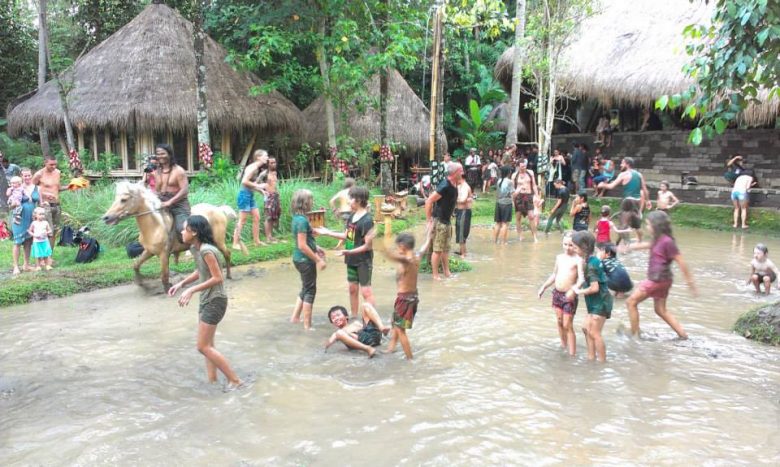
Even if you’re not lucky enough to be in town during the mud fight, I recommend visiting the Green School anyway. A sustainable international school running on solar energy with “a vision of a natural, holistic, student-centered learning environment that empowers and inspires its students to be creative, innovative, green leaders.” A school so incredibly cool, you’d want to turn into a kid just to attend. Visit their website to find out more or to book a tour.
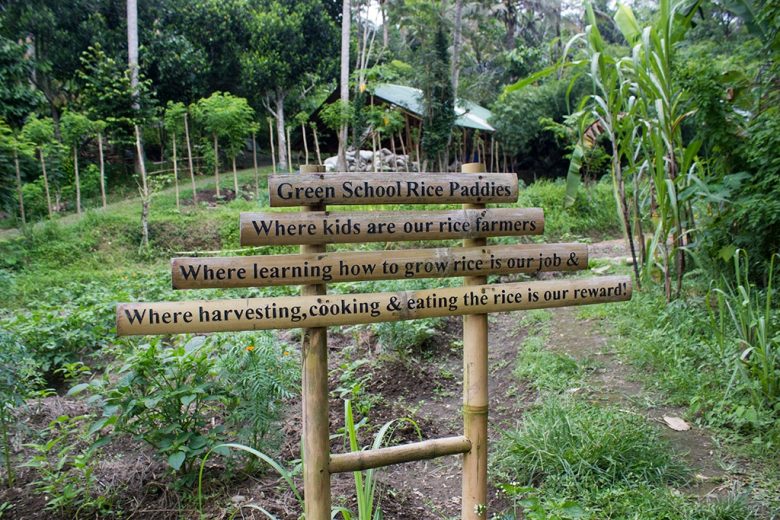
2. Party hard… and sober on a Sunday morning
Every Sunday, Ubud’s most popular yoga spot organises a smashing Sunday Dance. Starting at 11AM, expats, locals and visitors come together to party like there is no tomorrow. People let go and let lose, moving their bodies to the music in which ever way they feel like, expressing themselves through movement. There is screaming, crying, laughter, sweaty hugs, glitter… Anything goes. There is only one rule: no talking. As the dance progresses, the music gets more intense and the dancers feed on each other’s energies. Unbelievably powerful! I’ve added this to the list of quirky things because, if you only ever danced in amongst a crowd at a club or at a party and preferably in slightly intoxicated condition, your first minutes there can feel quite awkward and bizarre. As soon as you realise nobody is there to observe or judge, you loose your inhibitions naturally. Put on a smile, dance and spend the rest of your day on cloud nine.
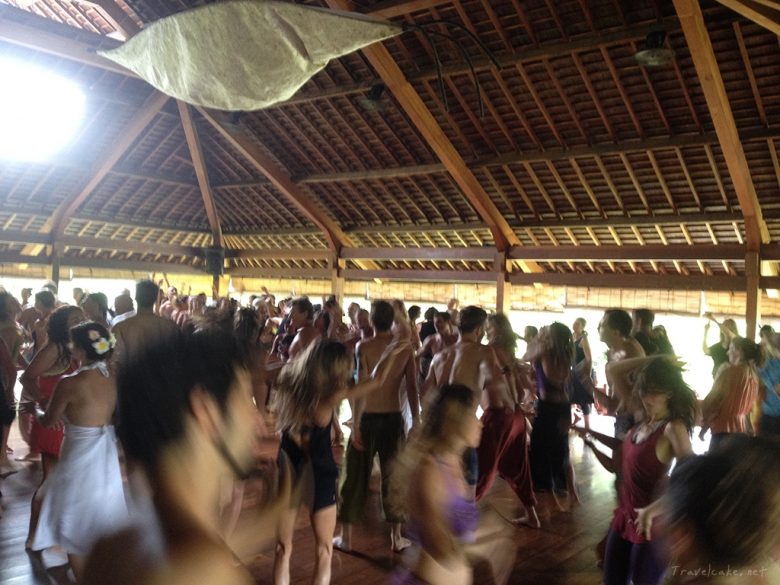
3. Laugh your head off during a laughing yoga session
Laughter strengthens your immune system, boosts your energy, diminishes pain and protects you from the damaging effects of stress. This is the mantra that inspires the biweekly laughing yoga gatherings in Ambar Ashram. Imagine a grass field covered with 100 Balinese on a yoga mat, laughing themselves silly. Doesn’t that sound like the place to be?! Even though it’s a local activity and the spoken language is Indonesian, foreigners are more than welcome… Laughter knows no language. There’s more to the class than laughter, but I don’t want to reveal any spoilers. Classes are free and last an hour. Bring a yoga mat if you have one and leave with a relaxed mind and body!
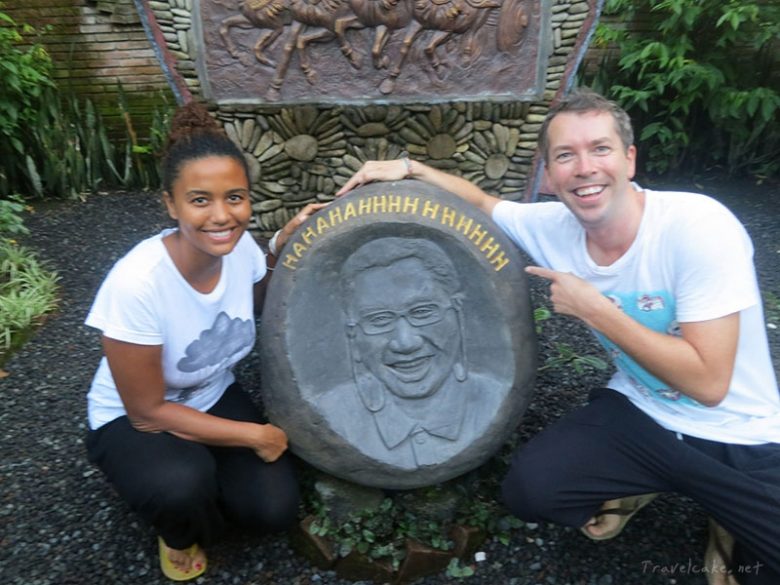
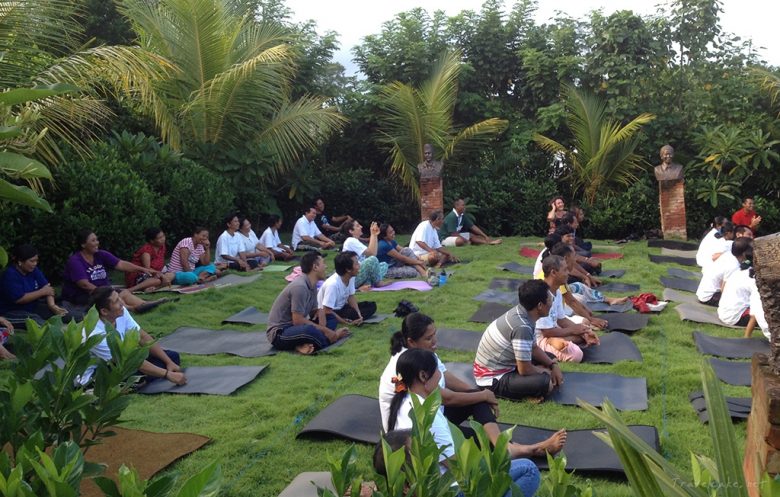
4. Sip on fancy ‘cat poop coffee’
I haven’t gone mad, I consciously wrote “cat poop coffee”. That’s right, Kopi Luwak, the most expensive coffee in the world, is actually “civet cat poop coffee”. Some explanation… As night falls, wild civets roam around the “Luwak “coffee plantations to feed on the plants’ best coffee beans. The civets having partially digested the beans, excrement them around the plantation. The farmers then search for and pick up the stools. Once dry, the remaining beans are picked out by hand, then peeled and roasted. The result: world’s most exclusive coffee. “Is it any good?”, you want know… Well I’ve heard mixed reviews: some find it exquisite, others find it too bland. It’s not a coffee that will have you bouncing off the walls, but I enjoyed its mildness. It definitely doesn’t taste as gross as the title could have you thinking, but I’m not sure it’s worth the €6/100gr to me.
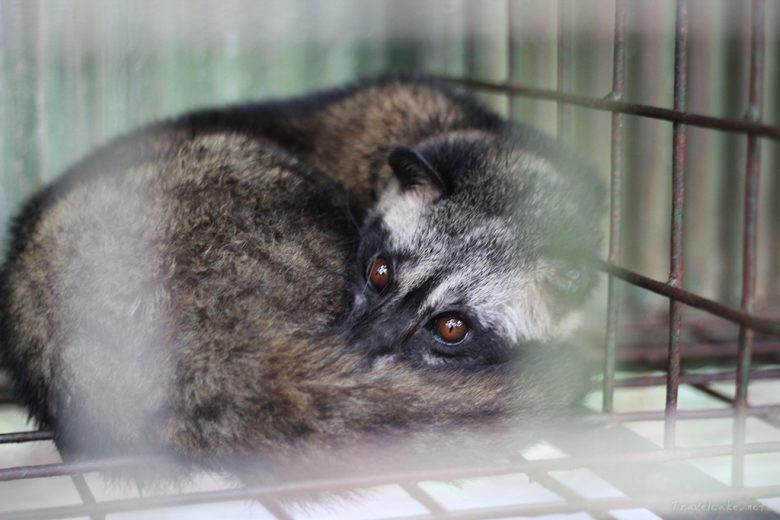
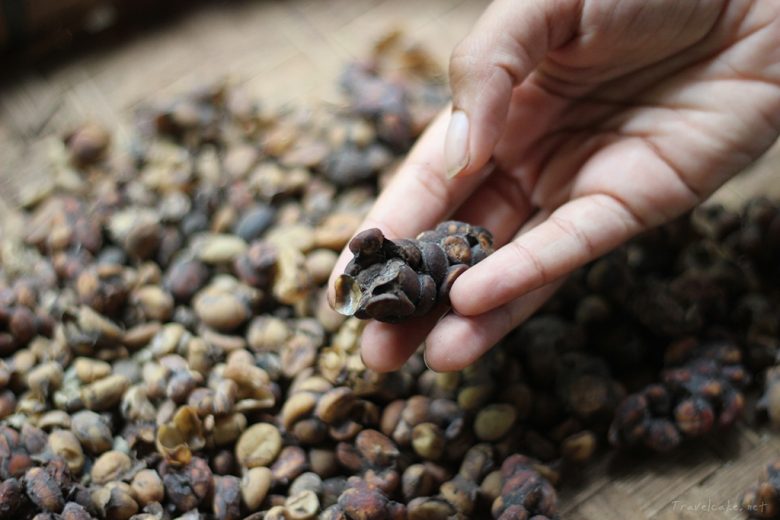
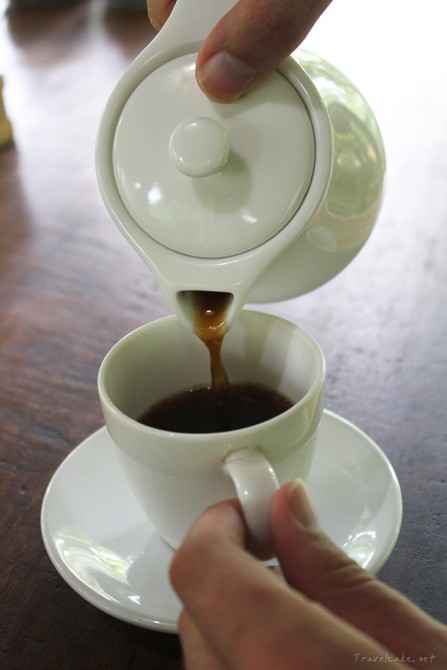
5. For women only: enjoy a steam sauna… for your most intimate organ
This one actually originates from a traditional Javanese beauty and bridal ritual. I’ll keep the story short. Just before marriage or after giving birth, Javanese women undergo a cleansing ritual. Only wearing a sarong, the women are seated on a chair with a hole. In that hole lies a clay plot with heated charcoal and herbs creating rising fog which “cleans” the women’s private parts. This procedure called “ratus”, is also practiced in Bali and is available in local spa’s. You don’t need to be a bride to enjoy the Javanese beauty secret. Now every adventurous woman can give it a go. It takes about 45minutes and in some modern spa’s you will get a shoulder massage while you get “steamed”. My ratus experience was a very pleasant one. After feelings of awkwardness sitting half-naked on a smoking chair, came relaxation and bliss. I felt rejuvenated and fresh. To be repeated! I underwent the treatment at Midas Spa in Ubud.
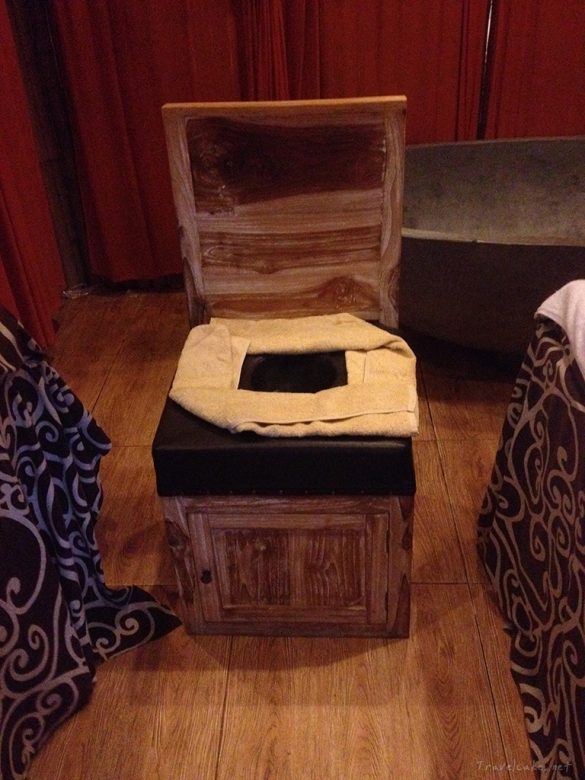
These are just a few of the unusual things to do in Bali. Plenty more to discover throughout the island and the entire country!
Which one of these quirks would you attempt?
The post “5 Quirky Things to do in Bali first appeared” on Travel Cake.

